The Ilocano in me revolts whenever I see the prices of food in the restaurants here. (It was later explained to me that the big part of that cost goes to salaries and taxes that are quite high relatively). So I really cook in my atelier. This morning I improvised an Ilocano poquipoqui from giant eggplants from Spain. It doesnt look and taste like the ones back home...walang patis sa Paris!
Way back in the 90's in college we smart-assed our way to make art history fun by giving vernacular titles to famous works of art. We called The Discus Thrower, Ang Nadapang Magtataho, for instance. Here are my irreverent takes on the works found in the Louvre.
The Louvre, First Visit
I just woke up from a two hour nap that I severely needed after a grueling seven hour visit to the largest museum in the world, The Musée de Louvre. I thought I was prepared for the daunting task of making a survey of its collections within the space of a day and I even reserved this first Sunday of November simply because the entrance is free of charge. After bolting down a heavy breakfast and chugging a can of Red Bull, I went directly to the museum by metro and surfaced to discover that even as early as 9am the queue had snaked all the way from the Pyramid entrance across the Palais Royal courtyard and to the very end of the Cour Carre, Napoleons courtyard in the adjacent building. It took the line where I was queued 56 minutes to reach the main entrance, enduring the sheets of light to medium rain that poured all the way through. Despite being drenched and chilled to my marrow, I celebrated the triumph of being inside the Louvre, finally after a month in Paris. I thank my years of matriculation at the University of the Philippines in Diliman for teaching me how to endure a queue. But the difference between UP and the Louvre is a matter between standing in line and walking in line. Guided by a map in English, I started with one of the three main sections, The Richelieu (the others being Denon and Sully) to survey the sculptures from the Middle Ages. This staring point was due to the fact that I proposed a study of Medieval sculptures in France for my residency application and I wanted to fulfill this objective first and foremost. I was glad to discover that this section featured fragments and statuary of the churches outside Paris that I wanted to see. Sketching and documenting these displays gave me a good idea of the different characteristics of several churches and their periods. I lingered over XIII century stone statues of Childebert, the builder of St. Germaine des Prés and Sainte Genevieve, both works coming from Ile de la Cité. Childebert's and Genevieve's statues uncannily resembled the references that I was given to copy when I was studying rebulto making in the mid 1990's. I noticed that I the area I was in was not frequented by others so I began to draw with more detail, which attracted a few to take a photograph of me, my sketch and my models. It was very awkward. From there I surveyed the sculptures of the French Renaissance, and did more drawings at the Cour Marly, which was dominated by large equestrian bronzes. When I sat in one of the stone seats of the courtyard I again noticed the same predicament that I experienced in Musée d'Orsay: i was confronted by a row of marble and bronze buttocks. Intrigued by the speculation that perhaps the view of a sculpture's behind and groin can contribute to relaxing and lounging made me take several pictures of all rear views of sculptures all over the Louvre. In hindsight not a lot of sculptures, especially figurative ones, are oriented away from frontality. Only Bernini and the twisted spines of Baroque figures can be claimed true sculptures-in-the-round. Even Michelangelo preferred to emphasize one side of his works as the vantage point, with all other areas as support. I continued my way to French Romantic sculptures at the Cour Puget where several of Puget's work was installed. I found a fellow artist, an older balding, bearded guy, had sequestered a seat from the museum watcher and was making a pastel drawing of a carved marble girl whispering to a bust of a man. The sun had finally come out and its light was strewn across the statues like soft gauze, illuminating the crystals within the stones. Encouraged by this side illumination I joined in the sketching session and smiled at a former fantasy that if given a chance I would draw or paint in the Louvre. I was fourteen then when I made that wish. Twenty two years later is not long a wait, I reckon. In fact it was so hard not to lapse feeling like an art student once more in the presence of works of masters. Portrait busts also caught my attention and my Ipad camera, and most of the marbles of the French school or the Academy, under the influence of Nicolas Poussin. I crossed over into Cour Khorsabad and suddenly I was in Mesopotamia, 6,000 years ago. The abrupt change was also welcome, as I am keenly interested in all things ancient and archeological. Indeed I was so delighted I clicked and sketched away, without pause and even let out an interjection when faced with the gigantic Assyrian bulls and man-headed lions. I was disappointed to find out that the access to the Egyptian section was closed from this area and I had to retrace my steps all the way to Sully. However this did not stop me from observing objects and statues from this collection, especially the manner of representations of human figures - from the curious iconography of the priest caste of Sumeria to the Amunnaki gods (winged man-beasts) of Babylon. I climbed to the second level where various Objets d'art from Medieval Europe were kept in vitrines. I documented reliquaries from the early Medieval period, the Renaissance and even 17th century but did not traverse the other end that held objects from Napoleonic times to the 19th century. I thought my exposure at Carnavalet was enough for that subject. I also desisted from going to the second floor of Flemish, German and French 16th to 17th century paintings. That will be good to see on another first Sunday. I exited from Richelieu and took the first floor of Denon to see the Italian Paintings of the 13th to 17th century, and of course to pass through the Grand Gallery where Mona Lisa holds her court. But the Boticellis, Giottos and Trecento, Quatrocento masters held me back to going full speed to La Gioconda. It was Fra Angelico, now Santo Angelico, that detained me for more than ten minutes. I fell into musing that religious painting had somehow lost its sacramental function to a more aesthetic or technical concern after Fra Angelico. Even Fra Filipo Lippi became too engrossed with proper perspective and that Mantegna, Ucello, Rustici, Ghirlandaio and the rest made anatomical and perspectival correctness of prime value. Giotto of course is still an icon painter compared to the guys of the High Renaissance. It was Veronese's Wedding at Cana - a titanic canvas if there was one - that prevented me from joining the mob taking a photo of the glass encased Mona. The figures of Veronese's work curiously mirrors the numbers milling below it and his sense of grandeur was also human, as the work portrayed the wedding party more than the first miracle of Jesus. It was for all purposes a secular work posing as a religious narrative. I did not take a photo of the Mona Lisa. Instead I took photos of the people taking photos of the Mona Lisa. their eagerness and interest were more subject-worthy. Anyway, if I wanted an image of this famous painting, I can download a high resolution one anytime. But I did ogle at three Leonardos - Saint Anne, The Madonna of the Rocks and a portrait of a woman - at the gallery on my way out of the cul-de-sac. I chided an Indian national who took a photo with a straightforward flash off the Madonna of the Rocks and told him the light will damage the work. He moved away when I motioned to call for a museum sitter and then an American dude experimented with the touch sensors and poked every painting on the east wall. He and his fellow punk dashed quickly when the sirens sounded off and I encountered them later in the sculpture section where the poker guy took the plinth of an absent sculpture and posed as the lord of boorish idiots. The paintings began to look the same, even if I was actually looking at an El Greco, a Velasquez, a Guido Reni: I was tired. My mind was giving up and I was ready to feel nauseous. Enough of painting! Suddenly I spot a Caravaggio and well, I went straight to the Spanish section and mustered enough strength to face Goya. The last works I remember before descending to the Porte Lions were two Turners and a dark Fuseli. I wanted to go back to the studio and call it quits. Fortunately there was no exit at the Lions Gate and I found the Asia,Africa and Oceanic section. I suddenly found a sign that said "Philippines" and was surprised to see an Ifugao sculpture in the midst of the collection. At least there was one Filipino sculpture, in wood no less, that made it to the Louvre. This find made me simmer once more with interest so I walked through Denon into Sully where I discovered the great Greeks, the Etruscans, the Romans and then finally, The Egyptians. Suddenly with the works of Polykleitos, Phidias and the others I was back in the college of Fine Arts, making up stories of the classical and Hellenistic statues in the vernacular. I took photos of works, but conscious of the fact that I could see Venus de Milo at the rear section of the gallery. When I finally got to her, a good stream of light flowed onto her torso...and so I took pictures of her backside and with it, the faces of the crowd gaping at her. I did the same thing with the Nike of Samothrace although to see her mounted on a stone boat made me rethink all the things Ive read about this work. There are no texts that I can recall saying Nike is on a boat...why this omission? It would have made sense... When I got to the Egyptian section it was so narrow and so crowded it felt like being in the galleys of the Great Pyramid. But if you are expecting something of a magnitude of a Kings Tut chamber of treasures this collection is a big letdown. Besides the famous Seated Scribe, there was practically nothing much of interest - definitely no mummies - lots of sarcophagi and small items like cosmetic equipment, but that is all there is. The British I reckon have better pieces. It was interesting to know that some wood sculptures survived four millennia to be in glass cases. This encouraged me that wood can indeed be extant after so man centuries. Seeing so much art in stone for the past days have made me think of punches and drills rather than chisels. I made a promise that I will go home after I see Michelangelo's Slaves. Everything else can be on another itinerary. The Louvre has finally subdued my spirit. From Sully I made my way back to Denon. I braced for the worst packed crowds at the Gallery Michelangelo...then nothing. The section of Italian sculptures were a best the least populated area. People took photos of Antonio Canova's Cupid and Psyche and their famous almost-kiss (while I took pictures of their clean white backs and buttocks with crowds in the periphery). But most I observed passed by The Slaves, took some shots - even as afterthought - and left. I was, for forty minutes, the only person gaping and drawing at the two marbles of the Divine Michelangelo. So, in the contest between Leonardo the painter and Michelangelo the sculptor that began in the 1500's came down to a win by the elder painter, as far as the Louvre is concerned. So I took the opportunity of the lifetime to draw from a Michelangelo and I used a notebook with a cover of a Leonardo drawing to do the feat with. If this was the only reason, I said to myself, that I am in France then this should be enough. (Well of course I will be back...I have not yet seen the Large French canvases and the new Islamic wing! I really took my time with the Slaves; I was winding down and mentally preparing to leave. When I have finished a dozen or so sketches, I went back to the central area, beneath the Pyramid and took the road to the Carousel area where my last photo of the day was of the Inverted Pyramid, where according to the fiction of Dan Brown lay the remains of Mary Magdalene.The surrounding area was another underground mall of sorts where a Starbucks and a Mac store stood facing each other. Another line was making its way into the Louvre entrance. It was shorter than the kilometer long queue that I had to endure this morning. Perhaps when I come back, I will make my way through here. The Metro Line 1 was just around the corner. Until next time. I shall return. This week marks the conclusion of my first 30 days in Paris. But unlike the previous week which was deliberately organized around a theme, I allowed the events of the past seven days to unfold as questions into my own artistic practice began to surface in earnest. I reckoned that my previous forays into the museums and monuments, churches and communities were based on pre-departure plans and echoes of art history textbooks. In other words, my itinerary was set by a desire "to see the original" of this and that featured art work or destination. This approach is extremely helpful and has allowed me to accomplish a lot of my projected research in record time. But it is also a handicap in the sense that one misses the forest for the trees: I was not behaving or responding creatively and discerned that I was just doing rounds of cultural tourism. I desired a new perspective, a new mindset, to see Paris with a new pair of eyes and an open mind. So I junked my art history lessons and trusted my intuition more, even if it meant revisiting previous sites.
To frame a proper contrast I took the Metro to La Defense, where the Grande Arche is situated in an ultramodern complex of skyscrapers and super malls. To my relief I went there on a Sunday morning and the vast expanse of the Esplanade was devoid of crowds. The avenues and streets of Paris central is easily quaint in its preserved state: one can even hear an accordion while promenading on bridges and along boulevards and think of the 19th century and even the early 20th. La Defense took me back to the 21st and its present exhibit of outdoor sculpture projects, electronics shops and shiny sleek buildings easily shifted my attention from nostalgia to ici et maintenant, the here and now. Later that day I visited the Arc de Triomphe and immediately understood the correlation between the two large arches as distinct markers of epochs. The Arc was a monument to a time when war meant destructive subjugation of territories. The Arche is a symbol of a time when contestation is staged in spheres of influence, and of conquests of world trades and markets. The proper regard for the past, for history in the context of today's issues and future trajectories revealed itself as a concern for the following days. I resumed walking as a means of ambulation and of peripatetic meditation. I even revisited the Left Bank by using a different route through Ile de St.Louis than the busier Ile de la Cité. In front of the Pantheon I witnessed a student demonstration: to the beat of a drum a beeline of students with clicking drumsticks marched silently but with a sense of purpose, banners and posters raised high like a herald. As a former member of a University student government and an erstwhile supporter of progressive demagoguery, I truly admired this subtle, no-agitation, voiceless method of raising issues to the public. We could learn something here, this capital of revolutions and mass movements. The following day I took the same route and enjoyed a sunny morning in the lanes and sights at the Jardin de Luxembourg. The sculptures of the queens of France and the Medici fountain supplied my need for art for the day as I sketched the people playing by the fountain, who like me, were enjoying the warm day, lounging on the metal chairs of the garden. By observing the public statues I descried long, thin, metal rods sticking out of all the heads - a queer sight until I later discovered they were a deterrent to birds who alight and promptly poop on them. The Luxembourg trip was also insightful as the orange tinge of the autumn sun struck the marble and gravel of the gardens with a salmon-colored glow. Juxtaposed with an azure sky and purple-hued shadows cast by people walking and children playing with model sailboats in the fountain - voila! It was an Impressionist painting coming to life before my eyes. It was not hard to imagine what Manet, Seurat, Bonnard, Pissarro and the early Cezanne had seen and painted. I actually felt deja vu because at one point a couple passed by me and I noticed the moon was still visible in the sky - a John Singer Sargent painting! In cloudy days the play of grays and the nuances of white on the pavement and buildings made me think of Whistler's works...and they do resemble his palette. So, all my history books were misleading by setting up chronologies and social contexts of artworks - the early modernists painted what they did because there was truth in their natural light, quite literally. There isnt any mystery at all: life was just like that. Even the riotous canvases of Tolouse-Lautrec, Picasso and Dali can find their place and context in the bohemian life that can still be seen in Montmartre, with all its sex toy shops, peeping shows and the Moulin Rouge. With a reloaded Navigo monthly pass (instead of a weekly one), I went to Invalides but refrained from buying a ticket to the museum as I was not in the mood for looking at weapons of war. Curiously though while in the middle of the courtyard I noticed the rows of cannons pointing all at me. This edifice was built as a hospital and retirement home for wounded soldiers of war, and under its gilded dome (glittering in the Parisian panorama) is the tomb of Napoleon. I spent the day sketching around the building and proceeded down the Esplanade to the Petit Palais, which I wanted to visit. Enroute I found the bronze sculptures of Pont Alexandre III to be quite amusing, though Ive noticed some vandalism in most of them (punched holes, beaten and flattened arms etc.) Rain and the fact that the Petit Palais was closed forced me to leave and spent the day making large drawings. I was in Trocadero at the Palais de Challiot the next morning and ignored the looming view of the Eiffel Tower for the rows of gilded sculptures that line the promontory. I thought they looked like the works of Maillol and Bourdelle and eventually found out that they made by either accomplices, students or contemporaries. I found larger crowds of people milling around due to the All Saints Day holiday. It was like a Sunday! I tried to evade the hoi poloi by going to Musée Guimet but found to my dismay a block long queue, with the rain falling quite hard. I was able to gain access the following day (despite an early line) but no sooner than two hours and two-thirds into the tour a public address boomed to announce a technical problem in the building and we were all herded out of the museum! This was followed by a breakdown of the metro train that I took back to Cité des Arts - it was clearly an inauspicious day for technology. But what I have gathered in the form of sketches, studies and photographs of the Asian art collection of the Guimet was sufficient. My objective in this museum visit (my first in almost two weeks) was to look at the works and be provoked into thinking of art projects. This was the creative consciousness - non-academic, non-historical and certainly non-tourist mindset - that I aspired to practice and it worked. Even as my eviction from the Guimet meant a free return, I came out smiling with several ideas of artworks to make, and did not hasten to claim another visit next day. Instead of going back to Guimet I went to a more accessible museum in the neighborhood, the Carnavalet in Le Marais. This is a museum dedicated to the history of Paris and its inhabitants and covers a staggering, if not chronological, scope of thousand years of settling, building, destruction, rebuilding, reformation, revolt and everything else. It is also free of entrance fees, at least with the permanent collection. I was relieved that the order of the exhibits was not in a perfect timeline. This allowed me to consider the feel (or what I call the lifeworld) of each epoch by means of paintings, interiors and objects and not be too conscious of what events transpired in each period. I wanted to savor the sense of living or existence of the everyday in such and such time. At one instance, while looking at the recreated bedroom of Marcel Proust, I tried to imagine him writing his long work on involuntary memory (On the Remembrance of Things Past) on his bed, as was his practice. Did he eat while writing? How difficult was it writing by candlelight? Did he fornicate as well as work in that same bed? Where does he relieve himself when in the midst of an involuntary inspiration? Irreverent as some of these thoughts may be, but they are inquiries into the manner and mode of living, of an individual. I began to think this way and even gave my immediate reactions some utterance. Such as: Danton was an incurably ugly man, Robespierre had a face of a acerbic bishop, the Seine overflows and floods the city like the Marikina River in times of typhoons, it looks terribly cold in snow-laden winters, paintings of revolutions featured crowds and mobs all the time - like EDSA, etc. I was trying to use my vernacular to render a point of meaning to an otherwise relatively irrelevant timeline of events. Then I began to appreciate even the simplest framed Declarations of the Rights of Man and Citizen as a document forged by seemingly endless revolutions and bloodletting. That people died, and lived, passionately and even nonchalantly - this is what I wanted to hear from history, this is what I wanted to see from a museum dedicated to one. This was my mindset when I took the walk through the room of Paris prehistory and felt the wheelies while looking inside a Roman period sarcophagus - someone's body decomposed there! So I took the last day to revisit Musée de Quai Branly, and this time went inside to look at the objects not as an anthropologist would, but as a human being curious about other human beings. This time the African fetishes and sacred guardians were not idols but expressions of fear and faith. The MezoAmerican tools for human sacrifice appeared bloody, as well as the weapons for beheading of the Polynesians. I wondered if the clothes on display were comfortable to wear and how I could manage wearing a very tall Dogon star people mask without falling over. I noted ivory combs and thought of how they might be employed and speculated on the practical usage of Saharan punishment dolls and if I can make some of those people who annoy me. I even thought of making terracotta whistles like the animal-shaped ones of the Aztecs and chewed an imaginary nacho chip while looking at a sculpture of maize. I exited hungry but at the same time quite replenished. I was not looking for objects to see, but a way of seeing that made objects speak of life. A Japanese proverb comes to mind. "Visit the past to see the future". This in a capsule, expresses what I have learned this week. If no monument, museum object, nor church detail can evoke or provoke a vision in me of what more can be achieved or made, then I am in spirit truly dead and inert. Gladly I can testify (with preponderance of Proust's nocturnal habits) that I am still alive. And truly provoked. I thought of giving each week a theme upon which all my activities would emanate from. This idea came to me after I've realized that I was looking at Paris as a curator and not as an artist. Not that a curator's perspective is insufficient, but I wanted to respond to my time here aesthetically, with emphasis on immediacy. I wanted this residency to unfold around creative ideas in response to the environment, and hopefully not turn into some post-college field trip, where I felt impelled to see the originals of what my textbooks and references have shown me as examples of art. My goal is to develop a body of work from the experience of "being in Paris" and not "about Paris". I already gave this creative a title: "You cannot step into the Seine River twice" Perhaps this is can be a future name for a show, or a name of a piece.
This weeks theme is Death. Morbid, agreed, but this simply means a weeklong visit to a number of sites where the dead are interred, honored or given prominence in terms of edifices and structures. This covered churches and crypts, cemeteries, ossuaries and civic buildings and monuments. I wondered how the dead are remembered in Paris, and how the afterlife is constructed and how legacy or heritage is built around the memory of the fallen, and the departed in concrete form. I wanted to compare this with those I know of in Manila and elsewhere in Asia. (I was informed of late that the Museum Foundation of the Philippines is also doing a similar tour of tombs in Manila. It might interest them that I have actually stumbled upon the sepulcher of Pardo de Tavera in Pere Lachaise.) I began my tour with looking for one of the last remaining cemeteries in Paris, Cimetiere Charonne, that was allowed to operate even after the government decided, for sanitation reasons, to move the remains of then overflowing graves to an underground ossuary, now the Catacombes, in 1786. I discovered that it remains to be a simple plot of graves, dotted by sepulchers on a hillside beside a small church. The only point of interest here is a bronze sculpture of a house painter, purported to be the confidante of Robespierre, although a website denounces this as untrue and nothing more than a posthumous prank. Being nearer to where I was I took the Metro to Pere Lachaise and spent time looking for tombs of people whose works I admire. Thanks to a map I downloaded online and the interesting fact that there are good wifi hotspots in cemeteries (future grantees take note), I was able to maneuver around the vast hilly area with its remarkable mix of sepulchers, mausoleums and funerary sculptures from the 19th century. Thus I found the graves of the painter Gericault (with an effigy and reliefs portraying his best known works such as The Raft of the Medusa), Chopin (with an angel on top and a medallion in marble of his profile), the artist Arman, the poet Victor Noire and his famous bronze effigy (depicting a fallen young man with a curious erectile bump that visitors have worn off by touching), Amedeo Modigliani and his wife Jeanne (the latter committing suicide the day after his death and lastly, out of curiosity, Jim Morrison, of The Doors. On my way out, I discovered the sepulcher of Trinidad Pardo de Tavera, a prominent scholar of Philippine history and culture. The following day I struggled to find Cimeterie Picpus, the site of mass graves of the 1300 victims of the guillotine but found it closed. Frustrated, I went to three others, Montmartre, St. Vincent and Passy where I spent some hours for the rest of the day. At Montmartre I paid my respects at the tombs of Degas and Dumas (shown with an effigy of the writer in repose, sadly damaged). This cemetery has a number of very interesting funerary statuary that I could not but take photographs. Wifi was so good near the sepulcher of Degas that I was able to talk on video via Skype to Jun Villalon, gallerist of Drawing Room in Manila and Singapore. When he saw where I was, he commented that I was making a pilgrimage. Probably so but not inaccurate. At nearby St. Vincent, under the shadow of the dome of Sacre Coeur, I found the tomb of painter Maurice Utrillo. Then later than day I took the Metro to Trocadero and found the graves of Manet and Debussy in Cimetiere Passy. This small cemetery also had very interesting sculptures, among which are a bronze Rodin portrait and a St Jeane that was remarkable for its sensuous form, despite the context of a holy place. But what moved me as a sculptor was the massive wall sculptural group commemorating the French soldiers of the First World War of 1914-1918. Their austere forms understated the pathos of grief and remembrance, and highlighted the sense of tragic dutifulness - of the burden of going to war. Ironically the players of this Grande Guerre were in fact initially cheerful, as they brought their idealism and youth to the front, only to be destroyed by the dreary trenches and experimental use of chemical weapons and tanks. It reminded me of a young French sculptor, Henri Gaudier-Brezska, who fought and died during this war, but not without losing his sense of aesthetic as he carved small sculptures in stone during the intervals of non-combat. He fought the war with sculptures in his pockets. A brilliant life, and indeed he was called a Savage Messiah by HS Ede, a British writer who did his biography. I continued my Dead week theme with a return to Montparnasse on Thursday and a much-delayed visit to Basilique St. Denis the day after. In Montparnasse I again passed by the grave of Jean-Paul Sartre and Simone de Beauvoir and found the tomb of Brancusi. I took photographs once more of numerous statues and began a comparative listing of characteristics from each cemetery. This cemetery for instance has a Nikki de St.Phalle sculpture of a giant cat in tiles and concrete and another abstract metal piece representing a bird in flight, in contrast to the Romantic bronzes that show weeping women in shrouds and with Baroque overtones of glorious afterlives. At St. Denis, at the crypt and before the stone effigies of the Kings, I found the acme of my week. At the rear of the huge basilica (accessible with a ticket of 7,50€) lies a number of carved representations of the dead royals, mostly in marble, eternally resting with their eyes gazing upwards, and often carrying their symbols of power. But I explored the crypt first, which houses the tomb of St. Denis, claimed to be the first archbishop of Paris and martyred (beheaded) around 250AD. Being trained in santo-making I was quite taken with the representation of this martyr: dressed in a bishops garment, but with his decapitated head in his hands. One reproduction of a painting even presented him with blood squirting from his severed jugulars. But what was remarkable to know was this site was a pilgrimage place since the 5th century and was one of the most powerful Benedictine abbeys in the Middle Ages. It became a necropolis of kings and queens from the 6th century onwards. In the 12 century Abbot Suger of Saint Denis made the former abbey into an example of early Gothic art, but it was in the12th century that the church received its present look and after deteriorating through wars and the revolution it was restored by Viollet-le-Duc in the 19th century. If I may comment, I have not seen any church this ancient back home. In the crypt I found the tomb of St. Denis, the symbolic center of this basilica, and met some French school children being regaled by a wiry teacher with stories of how St. Genevieve, patroness of Paris, had asked Hannibal to spare the city. The tomb, of carved stone, lies empty, but a projected image of the saint marks where his body lies underground (a nice solution by way of signage) and surrounding this area are more sarcophagi, but beyond a grate and gate and inaccessible to all. In the adjacent areas lies other crypts where princes and kings where once interred. Emerging from the crypt and into the necropolis were the stained-glass illuminated chapels that held around 70 recumbent statues of the royals. I was attracted to a particular chapel, named in honor of a St.Hilaire. With my santomakers hagiography I have not encountered such a saint before, an a namesake at that. What I paid close attention to are the sculptures, taking photos of interesting details, such as the way hair is carved, or what animals are placed at the feet of the kings, mostly dogs. One unknown royal was curiously carved in black stone and at her feet are three snarling dragons. While doing documentation I had an insight, a confirmation of a suspicion really, that the models and prototypes that my santero uncle had shown me when I was 15 were of the Gothic style. And it was this style that I preferred over Baroque or Neoclassical santos (which I thought were a bit superfluous). The austere, block like and linear forms of the funeral statuary of this necropolis echoed those of my own aesthetic sensibilities. In fact, I began to wonder if this is my very own "French connection". Here, in the context of a medieval building, I began to understand the origin of the images that were my models of instruction in wood carving. The ancestry of my sculptural practice may really be the Gothic, and hence my attraction to the arts of the Medieval period. Hence, in conclusion to my Dead week, I have gained several insights and this thematic approach has somewhat given much-needed coherence to my exploration of Paris. I have learned a great deal about the changing attitude of the French towards the dead: from the open eyed statues of the kings at St. Denis as a way of looking upward in anticipation of Eternal Life, to the eternal postures of grief of funeral statuary in Pere Lachaise, to the simple, understated tombs of great men like Sartre and Brancusi bearing nothing except names. Sartre has said in one of his stories that death is a wall. There is nothing behind it, nor one should even care what is beyond this. But death does not belong to the moribund, to the dying. It belongs as a fact, to those who left behind. Simone de Beauvoir eulogized the passing of her life long partner Sartre by saying "his death separates us, but my death will not reunite us." She was right, though. Our lives might be within the horizon of our freedom, but when we have left, our death will only have meaning if and when those who survive us, remember. And that is what cemeteries, necropolises, ossuaries and monuments are for: an effort to remember. To summarize my third week in Paris is to consider various tempos of engagement for a very wide range of cultural activities. From an Asian museum to the top of a pine forest hill near a former royal residence, to slow days in a park and two very different but very edgy art fairs: one held in a palace and the other in a garage.
Save for Sunday the whole week was rainy, if not threatening with overcast clouds. I went to Museé Cernuschi to see its collection of asian artifacts and discovered most of it, if not all, are from various periods of Chinese history, from the Neolithic to the early Qing (close to the modern period). The museum trip quickly became an exercise of reviewing my archaeology and Chinese art classes from UP. Among those that caught my attention were the stoneware and terracotta models of houses and miniature depictions of everyday life. One piece even portrayed a lady feeding pigs in what seemed to be a pigpen in a submerged pit. Some showed houses with small details like roofing and door hinges. These belonged to a set of grave furniture - tokens left at graves - as ersatz or offerings to dead ancestors. In a further gallery two human-faced animals were also identified as tomb guardians, which are placed to guard the dead...from haunting the living. Cannot help but compare this practice to the offering ceremonies (burning replicas of houses, cars, money etc) to propitiate the ancestors that I have just seen in Singapore last September at the conclusion of the so-called ghost month. I was later told by Marguerite that in the middle ages the French also placed tomb guardians in the form of chimeres or dragons first, to ward off evil that might carry off the body (or essence) of the dead and second, to prevent the dead from leaving their tombs. This rumination on death-with halloween quite close by- makes me want to do a "week of death" with visits to all cemeteries and the catacombs. (Including St. Denis) In the afternoon I went to document the Madeleine and St. Augustin cathedrals, all within sight of each other at the Bd. Malesherbes. Despite its relative modernity, I was impressed at St. Augustin and indeed found the architect Baltard's use of cast iron as support and as decoration ingenious: a marriage of form and function. Madeleine proved to be ironic as well, figuratively speaking. Without a dome or a cross and plainly looking like a Greek temple, the church is deceptive and looks more like a civic building. Such a massive stone building would also give you an impression of a dark interior. But inside, thanks to renovations, glass oculi in the roof makes light stream down on the whole of the nave. It was a different scenario the following day. Marguerite invited me to try the SNCF train system that leads out of Paris. This was an essential skill that I had to learn because some of my sites of interest like Rodin Museum, Chartes, Autun, Reims were all located outside the city and in other French towns and cities. Our eventual target was Fontainebleau, its Chateau and its forest. Indeed the train system here is something worth emulating. Fast, easy and accessible trains can bring you to and from any city without worrying of staying overnight - which is convenient to me and my work pace. Fontainebleau has more Renaissance style buildings than Medieval or 18th century ones. And the crisper air, quieter atmosphere and more laidback life was something of a breather from the cramped, often harassed spirit of Paris. What was remarkable is the discovery that lands in France are extremely well mapped and that even a forest like Fontainebleau actually has a map or plan, with indications of hiking trails and even interesting trees. The trails through the forest and to the pine hills are well marked and although there are no people around for miles, one can easily maneuver through the wilderness. The following day I felt a bit tired and sore due to the physical exertions of hiking in Fontainebleau. So I took a more slower pace and spent most of the day sketching in Bois de Vincennes, where a lake filled with swans, ducks, peacocks and plovers made an agreeable setting for solitary thoughtfulness. At the ile de Bercy, in the middle of the lake I sensed that I was stretching myself a bit too thin over a few days and decided to work on one project at a time so I do not end up burned out and sick. The following day was a studio day for me and took some time to buy some art supplies at BHV at Hotel de Ville and some electronic supplies at Forum des Halles. For the weekend, feeling recharged, I aimed to seeing two artfairs, FIAC at the Grand Palais and Slick at La Garage at rue de Turenne. Both aimed at presenting what galleries in Europe and elsewhere had to offer in terms of contemporary and even some modern art pieces. FIAC got the better of me, I confess, myself being a critic of the overzealousness of contemporary art practitioners at home. There was nothing of the grave, often academic and institutionalized feel of museum displays at FIAC, even though the setting was Grand Palais. I waited in line to gain admittance and braved rain and some slickers looking to cut into the line, for 45 minutes before the door finally opened at noon. Before the queue I had to see the outdoor installations of the art fair and the work Sacrilege by Jeremy Wall at the Esplanade des Invalides won me over for its quirkiness and innovative thinking. An inflatable model of the Stonehenge lies in the middle of the grass and allows children to play within is the whole concept of the piece but its statement of being able to bring such a landmark like Stonehenge is remarkably insightful. This, I guess, is the spirit of the contemporary: ideas are quick to grasp, it is full of wit and is accessible to the public without some textbook or preacher of art history to guide you. I have been to art fairs and my work has been frequently part of such for the past two years. But FIAC has a characteristic that despite being a market for works, it is also a marketplace for creative ideas. In ArtHK 12 last May I deplored the fact that money or the concept of money, buying and selling, was flaunted to ones face. In ArtStage in Singapore last January, there was some seething intrigue between galleries and the organizers that made the whole experience a trifle disagreeable. There was an electric tenseness that I could not shake off, besides the whole fair being somewhat of an homage to Ai Wei Wei, the dissident Chinese artist censored and jailed by Beijing authorities for his critical work. Well, Ai also made it to FIAC and even sold well, as I gather. But the pieces here of the artist, along with other works seem to be presented as propositions of thought, and not some form of agitation, propaganda or grandstanding of superstars. Even works big named artists like Damien Hirst, or Betrand Laver, Giovanni Penone are shown in an understated but meaningful manner. Indeed FIAC made the Southeast Asian market too full of power issues that undermines the creative work that it supposedly should primarily present. Well, should art then be power objects as well? It may seem so. There was not a single work of wood statuary in the art fair, and yet, I have recognized many points of affinity within a space than in all my museum visits for the past few days. My insight: contemporary art speaks with a casual vernacular of visual language. In objects and in installations the idea conveyed seem to be one that is quite rooted in the places where the artist lives and shares with his constituents. A lightbulb made of concrete that is placed in a piece of pavement - that alone evokes an urban lifeworld, of incidents that one can or may have experienced while walking in illuminated streets. The lightbulb does not refer to the past, or some utopia in the future: it is remarkably current, of the present, hence the word contemporary. But in Manila such an object is anxiously supported by vague literature, somewhat stylized in the manner of postmodern or post-structural criticism. Like a holy relic, it is steeped in the liturgy of the conceptual, and presented in antiseptic, white wall spaces with snobbish clergy at the doorways refusing admittance when one dares ask why and what the art is for. And if one gains an explanation, it is almost always a long litany and footnoting with current trends in the international art world. I may have experienced an equivalent of a certain Filipino who upon going to Rome and discovering that images of hell are just fictions of artists and writers, wondered how such fictions become infallible truths back home. Indeed the currency of ideas from one place to another carries not immanent meanings, but an open transcendency that is malleable and permeable to issues of those who consume them. Like the idea that Paris is filled with models and fashionable people walking the streets like they do in ramps is totally a marketing ploy. I have never seen such fashion shows in the streets, not even in Le Marais, nor anywhere else. The clothes people wear depend on their needs or means - like in any city, anywhere. Like FIAC, but on a more modest scale and more intimate space, Slick Paris opened up a number of possibilities on how to present works in the contemporary sense (read: easy). A punching bag in the form of a Louis Vitton bag greeted me and I knew at that very instant what the piece means and how it pokes fun at power objects. So simple, so clear. Cushions and footrests made in a soft fabric that imitates the feel of marble defy the expectations of the mind between textures and mass. A series of funny photographs showed ordinary workers in factories having fun in the workplace: an old man with pipes for skis, fashionistas out of mops and rags, a trolley ride mimicking Santas sleigh. A peephole embedded on a mirror makes you see yourself as a voyeur. Paper moths assembling into a giant ball, a piece of discarded cardboard is repainted as an apartment wall, children made of pigeon feathers, and a dead yeti lying like a rug on a plinth. The word is: nonchalance. In deeming the ordinary in extraordinary but understated ways contemporary art has the power for reenchantment of the environment, the everyday, with some sort of magic, a jibe, a joke. There is no need for offensive words scrawled, nor angry iconoclasms, nor preachy politics - just the ordinariness of living and the mis-en-scene of everyday existence. Nowness is immediacy, in work and in effect. Now that is something Paris has got me to reconsider my criticality. Who knew contemporary art was so much fun? I didn't...but now I do. Paris. It has only been four days since I've arrived here and yet it seemed I've spent more time than that. Perhaps it is due to a maladjustment of my system to the different time zone, which is six hours behind Manila's. Thus, I wake up twice during the night and sleep twice during the day: in effect, this gives me surplus hours to work in the evening and to make copious notes of the day past; plus the naps provide me with enough rest to undertake three journeys into Paris, one at sunrise, one in the afternoon and one in the evening. As I write this report of my first week, a night-long art event is taking place in many art galleries, churches and museums in the city. It is called Nuit Blanche, or White Night, or as it was explained to me "when the night becomes day". But I will make my report on that later on.
Adjustment is the first challenge I had to undertake the moment I deplaned from Charles de Gaulle on a flight coming out of Schipol in Amsterdam. There is the issue of the weather. It is currently autumn in Europe and while waiting for the plane from Schipol, my sinuses reacted to the cold air and I suffered an inconvenient headache for the next two days. A French artist and production designer, Marguerite Lantz, met me at the airport and subsequently helped me buy medicines for my headaches, an umbrella for the autumn showers, a power adaptor for all my electronic equipment and a sim card for my mobile. Plus she also provided me with an annotated map of where to buy supplies, where to eat cheap, and where to take the Metro. Note: this kind of local assistance proved to be very essential - something that I think must be incorporated into the residency program in the future. Marguerite had advised against taking a taxi as Paris traffic can be costly to the meter. We took the RER train to Chatelet des Halles and from there took the Metro to Pont Marie Station, whose exit is exactly in front of Cite des Arts, which will be my home for the next three months. Not only was the train conveniently quick, it was also cheaper. (A taxi costs €50 minimum while the train was about €12). Cite des Arts is an international residency facility for artists of different fields. Each resident or group of residents is provided with an atelier, which is paid for by the artist or sponsored by institutions. My atelier at the 4th floor is at the east corner of the building and affords me a broad view of the city and the expanse of the River Seine. The towers and spire of Notre Dame de Paris are visible from the west, the Pantheon dome in the south and the church of St. Paul and St Louis in the Marais district to the extreme east, along with a glimpse of the winged gilded statue of the Bastille column. This panorama led me to pursue what I call a "line of sight" strategy in getting to know my immediate environs. And so in the following days, I did just that and visited all these sites...on foot. Which is quite tiring, but to be able to walk slowly and to take note of one's surroundings help ease the sense of alienation. There is some sense of familiarity or bond that takes place between one's sole and the pavement, and at the end of the day painful feet would always be a reminder that one has successfully explored that territory...becoming part of one's domain and lifeworld. This is how I intend to make Paris part of my lifeworld. And on the more practical side, I thought it prudent to know one's immediate environs or risk getting lost in your own neighborhood. After settling in Cite and unpacking my bags, I had to stock up on supplies and understand how to find food in the area. There are two groceries (marché) in the area, FranPrix and Monop. But I bought most of my supplies in FranPrix because of its proximity. Almost immediately I decided to prepare my own food as I do not want to risk problems with digestion because of unfamiliar preparation. (For one I react badly to certain cheeses and to some cold hams). Most products on the shelf, even if in French, can be intuited by their labels and arrangement. A future grantee would really have to take time to learn basic French, as it eases the anxiety of what to get or buy, or even what to say when the cashier starts rambling off. However I have been mistaken for a Latin American thrice this week and I thank my three Spanish subjects in college that I can make the reply that I am not a Mexican, no I dont have a lighter, and yes my surname means "funny" even in French. Thus settled and having made my budget for the week, I ventured to explore Paris for the first time on my second day. Because I was going to be in Paris for 90 days I thought it best to do some reconnaissance of the sites I want to see sans camera. I did not want my residency to be a series of snapshots and digital images. I want to savor the atmosphere, to exist in the experience and not allow the opportunity to be "there" wasted by a click or a panning of a video. In a sense this is the reason why I brought lots of paper with me. I wanted to draw and sketch because this activity creates more bond between one's consciousness and the subject of inquiry more intimately and more closely. I know that in the age of Facebook this is a longwinded way of saying "Kilroy was here". But that is the problem with Facebook and social media...life becomes a series of likes, photos and wall posts...that one assumes to be interesting. No, an artist residency is NOT a Facebook event. Notre Dame was my first target and it was the easiest to reach by walking (cross the bridge and another to get to the Ile de la Cite). I arrived quite early, so early that there were no tourists yet in the area and a mass was being held when I got inside...discovered that I like the exterior more for its sculptures and went out immediately. I went back to Notre Dame twice in the succeeding days, and one on a rainless night which quite inspiring because the lighting makes prominent parts of the exterior such as the rows of the kings of France. I also sat in the park at the rear of the church (called Square John XXIII) and sketched the famous flying buttresses and the rose windows of the sides of the nave. I avoided the line to the bell tower simply because the queues are too long and the intervals are too long as well. Give way to the tourists who are on a three day schedule. I visited other churches, also on reconnaissance, as far as those on the Left Bank: St. Severin, St. Etienne du Mont, St. Germaine de Pres, St. Julian de Pavre, St. Paul and St. Louis, Ste.Chapelle and St. Gervais and Protais. Since my project for this residency involves primarily a study of church art, Romanesque and Gothic in particular, I wanted to know which sites to choose to come back to. Also visited the area of the Musee de Cluny, which is my primary target museum along with Musee du Quai Branly. On these walks I am always aided with a map, which is handily available as an app in my Ipad. But there are areas that I stumbled upon as well by being lost: Bastille, The Pantheon, Musee de Orsay, and the Ecole de Beaux Arts. The Louvre was of course an irresistible place not to pay a visit. Despite a very long walk, I persisted in reaching this largest museum twice. On both occasions I brought my sketchbooks just to document the moment. As I am still waiting for my museum pass from Cite, I desisted from buying an expensive ticket and contented to explore the great expansive grounds and to study the architecture of the palace. It was on my second visit that I discovered the Artistide Maillol bronzes in the Tuillerie Gardens facing the Louvre. These sculptures have a stylistic affinity between my works and exemplified what I want to achieve in form. Needless to say, I spent almost a third of a day sketching each and every one of these bronzes except those fenced off for restoration. The sculptures so much caught my attention and thought that the Academic marble statues in the Gardens looked insipid to me. There is something in neoclassical mannerism and imagery that throws me off. Perhaps I have been searching for a trait in sculpture that has some sense of vulnerable truth to it, hence my attraction to more ancient objects, and those in ruins. For now, Maillol is my peg for an art project. Looking forward to visiting his museum here soon. I ended the reconnaissance week to discover how near Centre de Georges Pompidou was to Cite. I discovered that the Atelier Brancusi beside it offered free entrance but that I missed its opening hours by a few minutes. Pompidou looked more like a mall than an art center, perhaps rightly so. A sign that says free entrance tomorrow, the first Sunday of the month made me circle back and think of returning the next day. To summarize all my first impressions will take a longer essay, yet what stands out is the wonder that a city can host and have a number of cultural events and places is - unbelievable. Perhaps it would really take more than three months to fully appreciate what Paris can offer as a hub of the arts. Yet the challenge, far more difficult than adjusting to the cold autumn weather, is to keep one's head above the din and choose only the offerings that are most useful. In the following weeks of October, I will enter the museums and pay close attention to their contents. Until then, I meditate on the Seine. After four weeks in Paris I finally gave in to the craving: I cooked pininyahang manok and steamed rice in my studio and ate it with relish and a banana, lakatan. This was to be followed by a dinner of bistek - of course with ingredients I have to source locally. Without patis or msg they dont taste the same, but as they say, its the thought that counts. My perception can be moulded by French art and thought, but my digestion is still Pinoy, and cannot bear that much baguette for a prolonged period of time.
My craving is a manifestation that "you can take the boy out of the province, but not the province out of the boy". But even as this seems like a snobbish bourgeois remark, I actually delight in its utterance. Indeed How much of the Filipino spirit (and stomach, apparently) can you bring into Paris? My favorite past time in Paris is to look for other Pinoys and observe how they behave and react. Best time to do so are weekends, when they mingle with the other tourists at Notre Dame, Eiffel Tower and the Louvre. Yesterday I heard a teenage boy tell his mother: "Mommy daming mestisa dito, no?" Mestisa is code for a local who has features of a Caucasian due to mixed parentage, and often refers to lighter-skinned damsels to the brown indigenous woman. Boy, they are white because they are white. This is Europe. But who cares for correctness? The boy has expressed his preference for light skinned girls, as many men do back home. In Le Marais, a district in Paris often said to be one of the more fashionable area, two Filipinas were fighting over an open umbrella. Manang One: ano ka ba, nandito tayo sa fashionable na lugar, tiklopin mo yang payong mo, kakahiya. Manang Two: eh umuulan. Ano ka ba? You would think Manang One was more adapted to French life, aware as she is of the chic character of the district. But in fact Manang Two would be quite alright, open umbrella and what not. Manang One might not know it, but she was in fact expressing the Filipino value of pakikisama or pakikibagay, which often means surrendering ones comforts and idiosyncrasies to be agreeable to the public. The French have fought, died and indulged every possible deed to preserve the right of the individual and individualism as a world view. To assert ones individuality is a norm, not an exception. Perhaps Manang One did not notice but Le Marais was also full of white trash, emo punks, beggars and everyone else not in fashion wear. And please, they dont use the streets as a fashion ramp: thats a fantasy of all the sastre and gown-makers sa kanto. At Forum Des Halles, an underground shopping mall, two men were calculating the price of an SD card in Philippine pesos. Pogi One: Pare, bilhin mo na yan. Ten euros lang yan. Pogi Two: Alanganin e. 500 pesos yan mahigit. Madami dami nang sardinas at bigas yan. Pogi One: Nasa Europe ka tsong, wala sa Bambang. Sige maghanap ka ng sardinas sa labas. I agree with Pogi One, as I did buy sardines from the grocery store and they cost 4€ each, sometimes 6€. Point is, when shopping in Paris, dont look for items from Quiapo. In a cafe near Notre Dame: Ate: Dad bakit ang lamig ng sandwich dito? Tigas pa ng tinapay. Tatay: Di bale, isawsaw mo na lang sa kape. Bunso: Dad, bakit nasa labas tayo kumakain? Sa loob na lang baka may aircon. Tatay: Ano ka ba? Sure ako walang aircon sa loob kasi mainit. Well, this conversation happened during the fall, when the temperature was around 5 degrees and heaters were turned on inside restaurants. As for the cold and tough baguette, I actually buy some still, to feed pigeons and crows. Speaking of critters, I have not seen a single cockroach yet here. Or even heard crickets for that matter. Anyway I was gazing at the facade of Notre Dame at night when two women shrieked. A big rat darted from the bushes and into a small drain. Women: Ay! May daga! (Pinay!) Me: Hindi po daga, si Ratatatouile po yan... At the Chapel of the Miraculous Medal at rue de Bac, after staring at the incorrupt body of St. Catherine Laboure and the rosary was being said in French by the churchgoers, I descried two Filipinos among them. Because they were praying: Aba ginoong Maria... At the Louvre, near the Pyramids of IM Pei, a father was telling his kids: O ganda no? Diyan nakatira si Mona Lisa! His son replied, dumbstruck: Reyna ba si Mona Lisa? Delightful. But some Filipinos who have been here for a longer time managed to assimilate and fuse their Pinoy sensibilities with the French way of life. One acquaintance makes dinuguan from German blood sausages, sinigang from salmon belly and even arroz caldo from French hens and ginger. He manages to find some patis and goes on backpack to sell these to Filipinas in Germany. The Filipino market here is quite promising. Of course, I will have to find a source for bagoong for my pinakbet! Finally Ive met a Filipina who is married to a French for more than a decade. She claims not to have seen that many Pinoys in Paris and that she now considers herself Parisienne. Intrigued by this claim I told her a story of how my recently deceased father in law (who she knows since childhood) made paramdam by appearing to a neighbor dressed in his burial attire. We were in Montparnasse and the brasserie was warm and cozy. She said: Kinilabutan ako! And she showed me goosebumps on her arms. Then she said it has been a long time since she felt that. I said: you are still Pinay at the very core, your body knows it. Indeed being Filipino is in the gut. Even when he strolls along Champs-Elysee, or drinks wine at Montmartre or admire Monets at the Musée d'Orsay, he goes home, passes by a boulangerie and wishes they had pan de sal. I do. Today marks my 30th day since I have arrived in Paris from Manila. Lets see if I can make 30 items that Ive learned so far...
1 Art supply stores in Paris are like patisseries to a diabetic: be cautious of spending too much 2 The best mass transportation system I've ever encountered: the Metro, RER and SNCF lines 3 Avoid buying food from tourist traps like Notre Dame, Sacre Ceour or Trocadero - way too expensive. 4 Autumn in the city means sunny with high temperatures of about 24 degrees, with sudden rain and gusty winds, and very chilly 5 degrees without warning: be prepared 5 People fall in line to buy tickets for exhibitions...even under the rain and for several minutes 6 Visit smaller museums first and leave the Louvre for the best days 7 National museums are free for everyone on first Sundays of the month 8 Parks and gardens and squares are free and offer relaxing respite especially on sunny days 9 Church buildings are owned by the State 10 Pigeons are a pest to national heritage: they poop and nest and stand on statues' heads. 11 Metro passes for the week and the month are better deals than tickets 12 Buses are more scenic, but also slower 13 Having a car to drive around Paris is a nuisance: challenging parking 14 Its better to walk sometimes: It IS better to walk. 15 Keep to your right. Use the left if you are in a hurry. 16 Don't buy souvenirs from ambulant vendors, don't fall for the "I found a ring, could this be yours" scam, do not give 20€ to people pretending to be from UNICEF. Be cautious. 17 Do not attempt to take pictures at the Musée d'Orsay 18 Draw more than shoot. 19 The Eiffel Tower is NOT the only landmark in Paris worth visiting 20 Musicians in the Metro almost always play or sing Bach's Ave Maria 21 Des Halles, the largest department store/ mall in the city is UNDERGROUND near Chatelet 22 BHV has everything. EVERY THING. 23 Notre Dame is NOT the only beautiful church in Paris 24 It is better to take a photo of the Eiffel from afar than from it. The same skyline is better seen at Sacre Ceour, sans the vertigo 25 Montmartre has ukay ukay! Rummage at Sympa, metro Blanche 26 There are automated, self-washing toilets scattered throughout the city: know where they are. 27 Do not tip the waiter unless you are a regular. The tip is part of your bill (service) 28 Always say SVP, greet Bonjour or Bonsoir and say Merci, avoir to cashiers, clerks, attendants 29 Hold the door for the person following you: good manners 30 Paris is the loveliest but also loneliest city in the world |
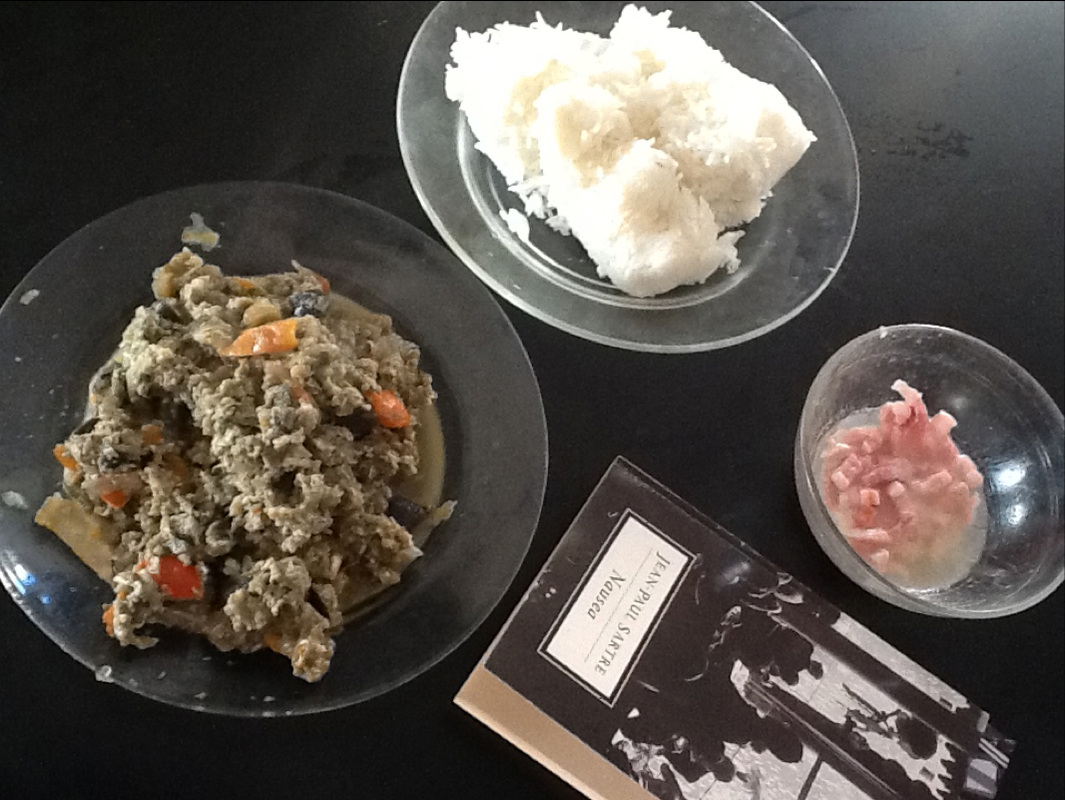
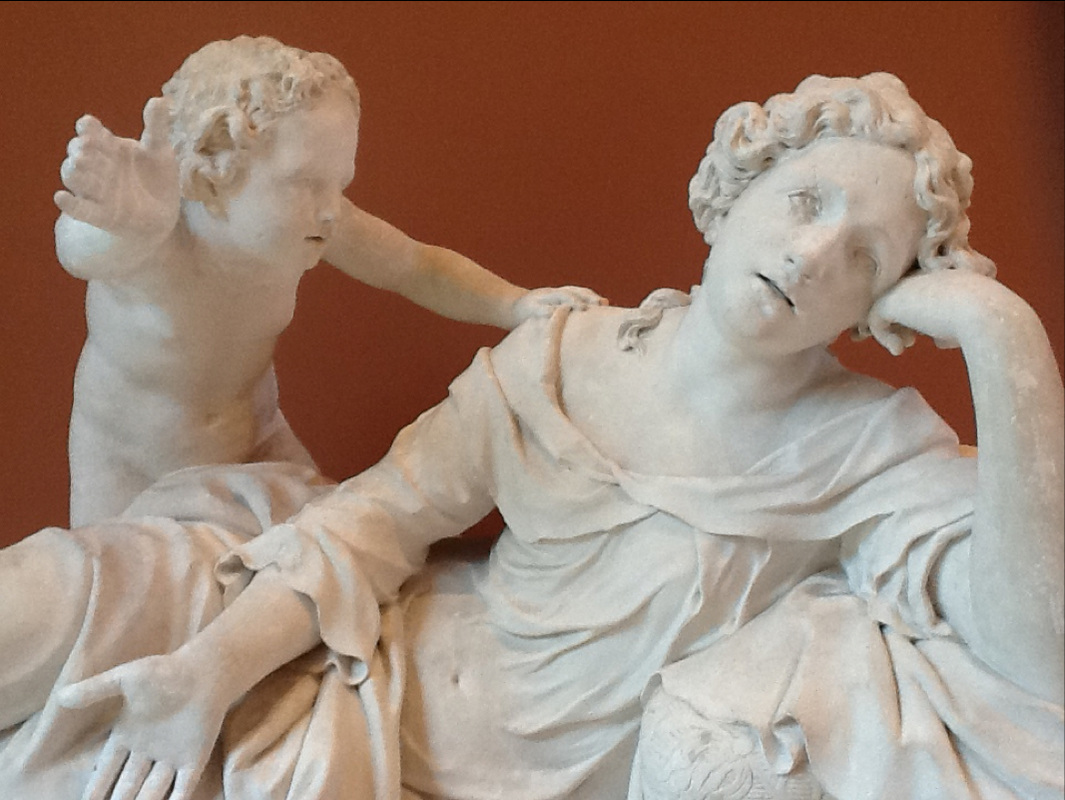
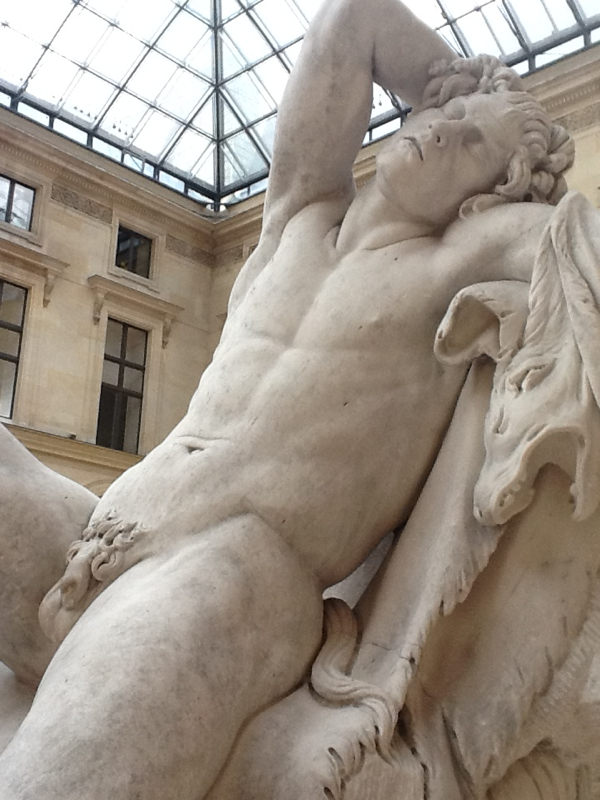
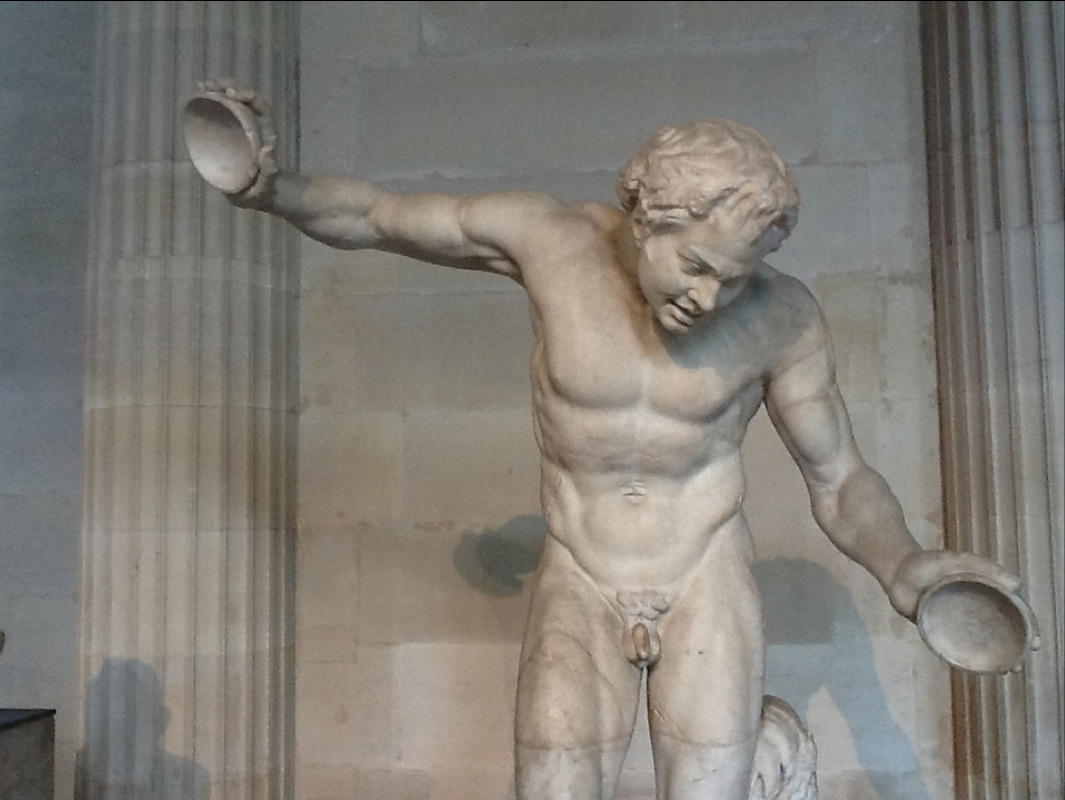
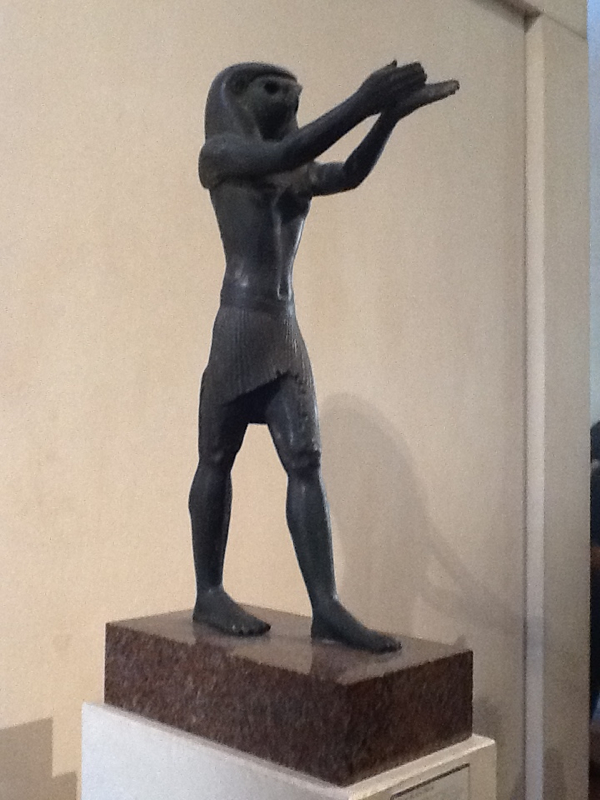
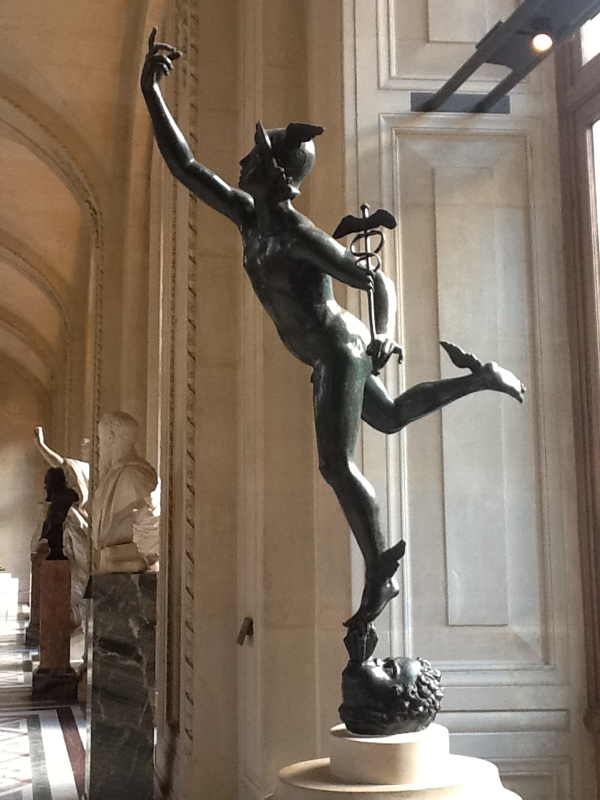
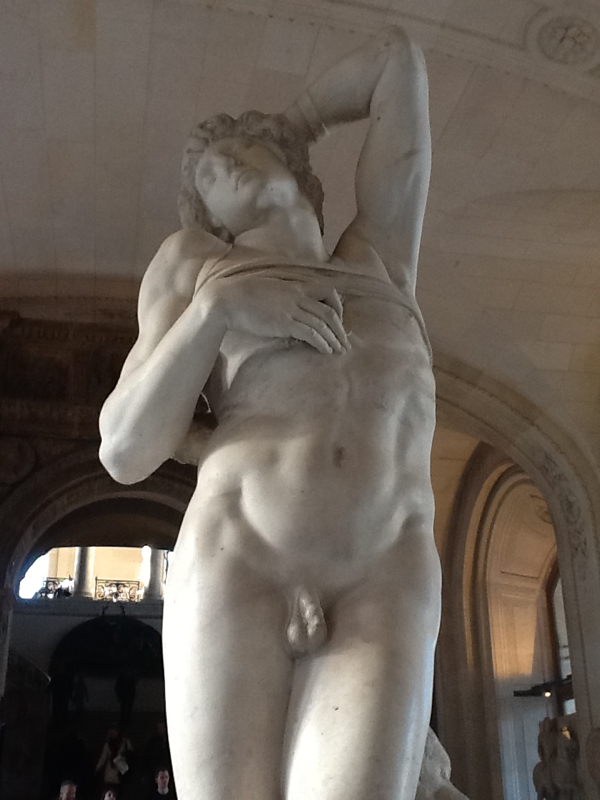
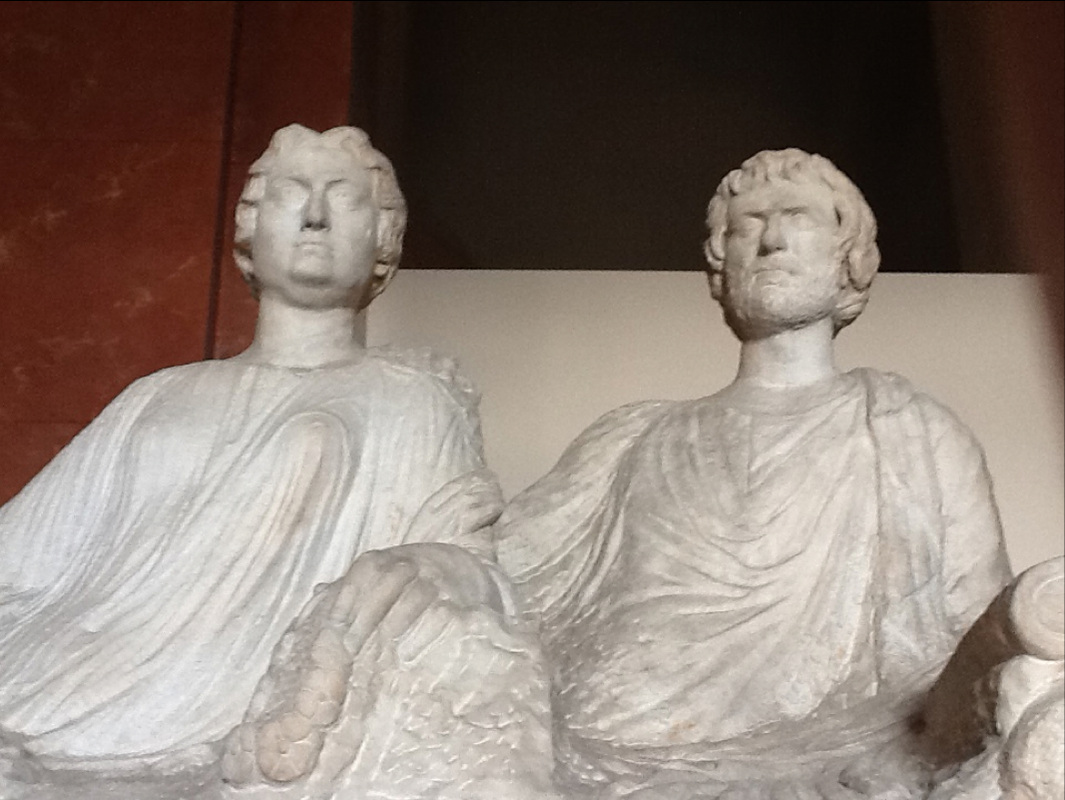
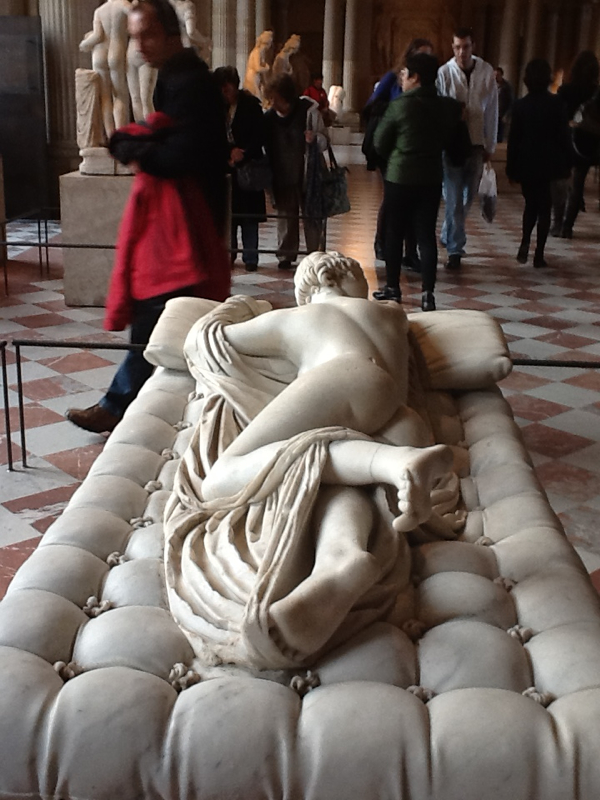
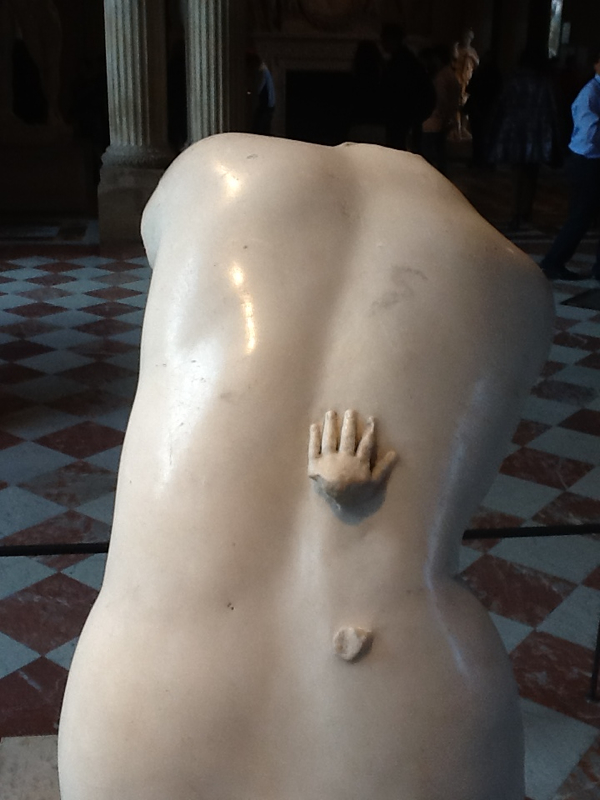
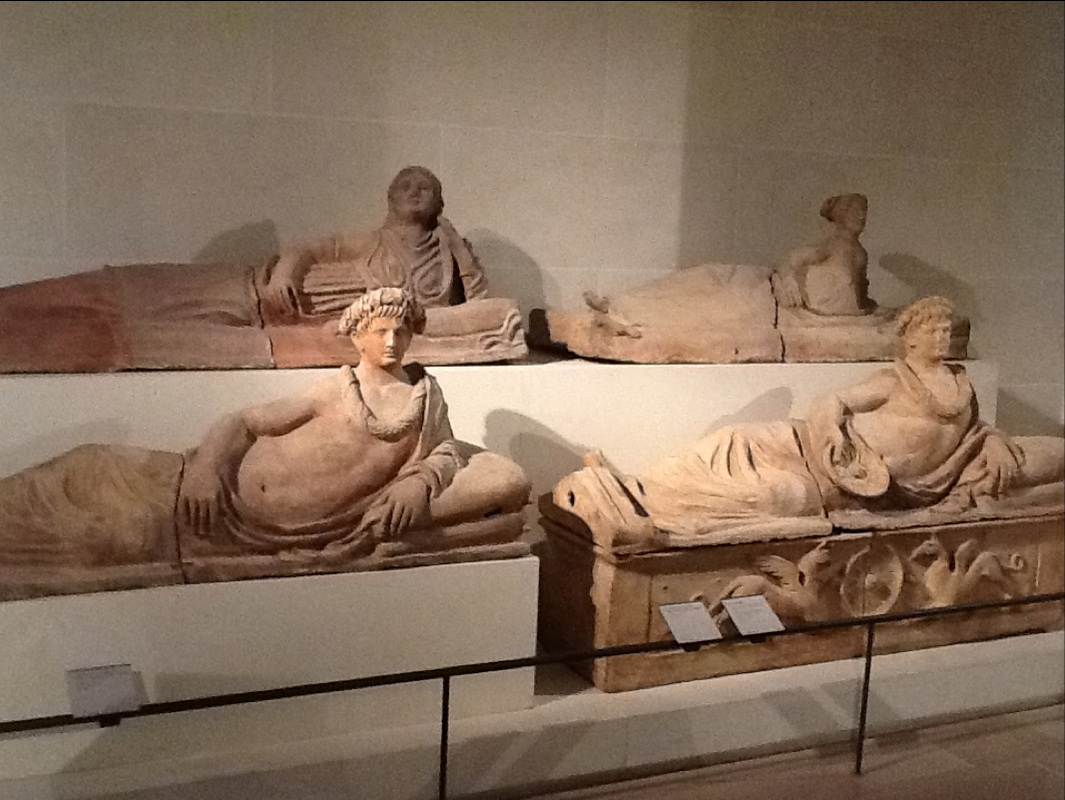
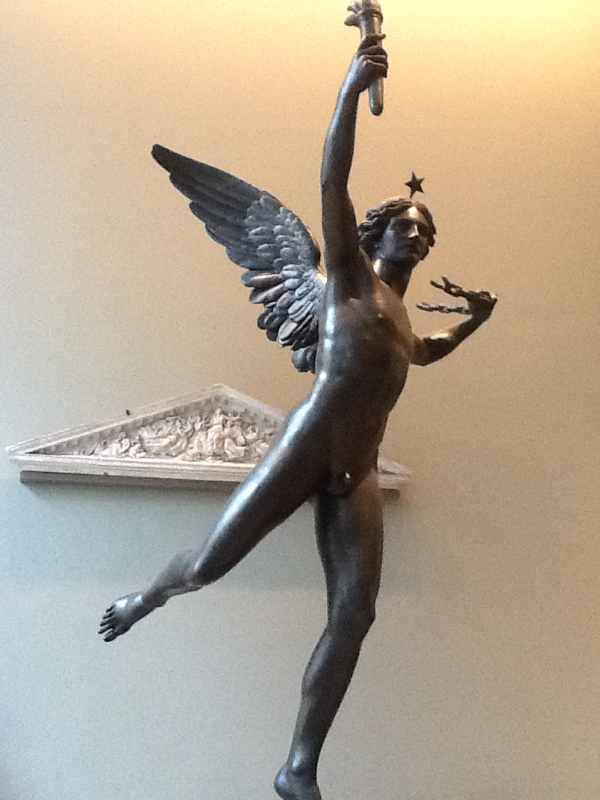
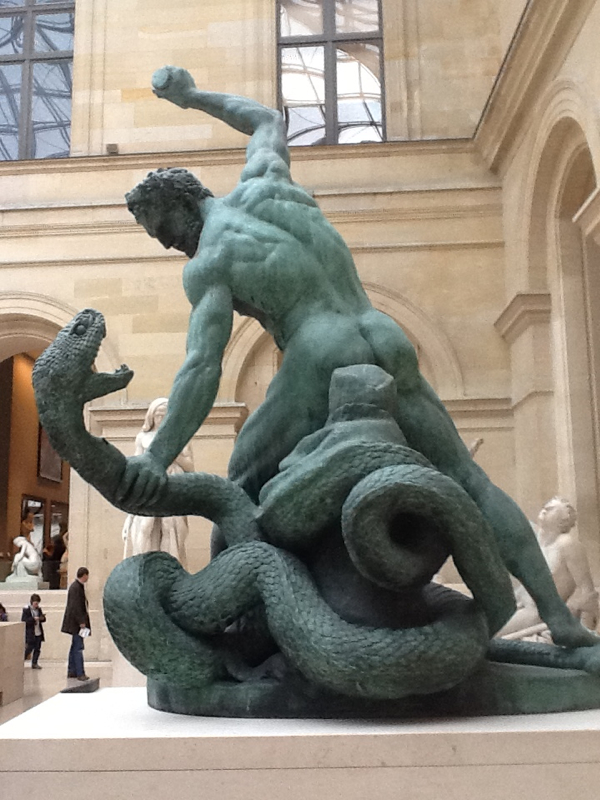
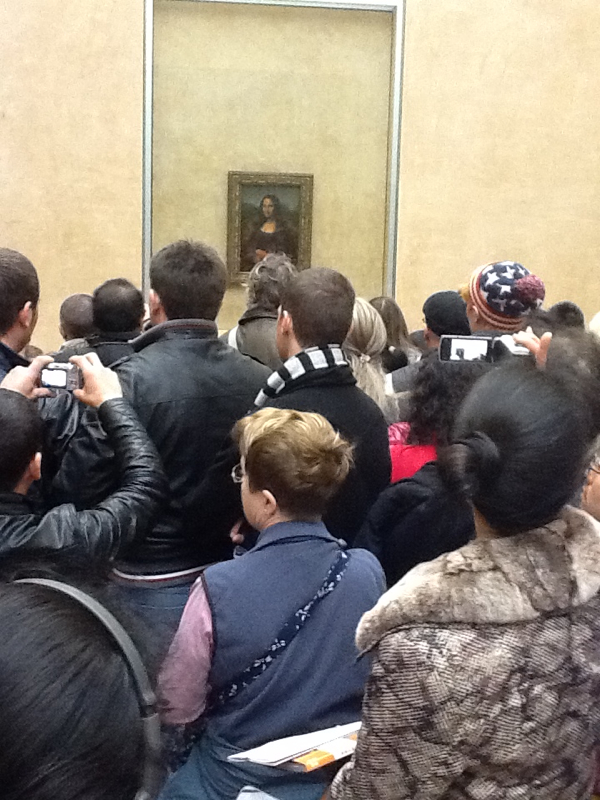

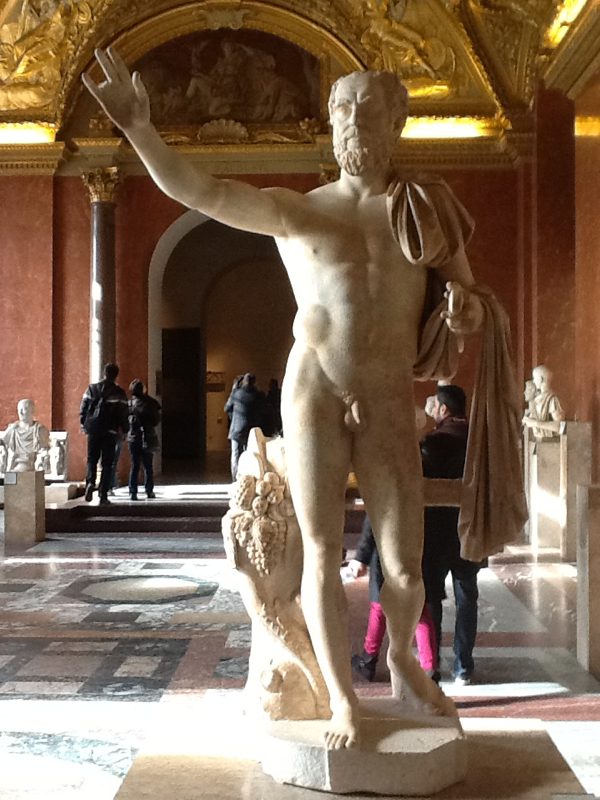
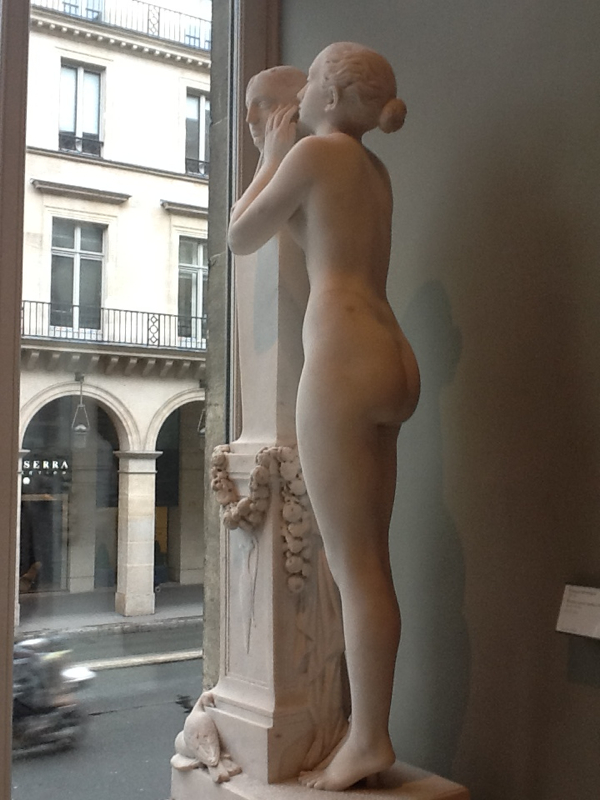
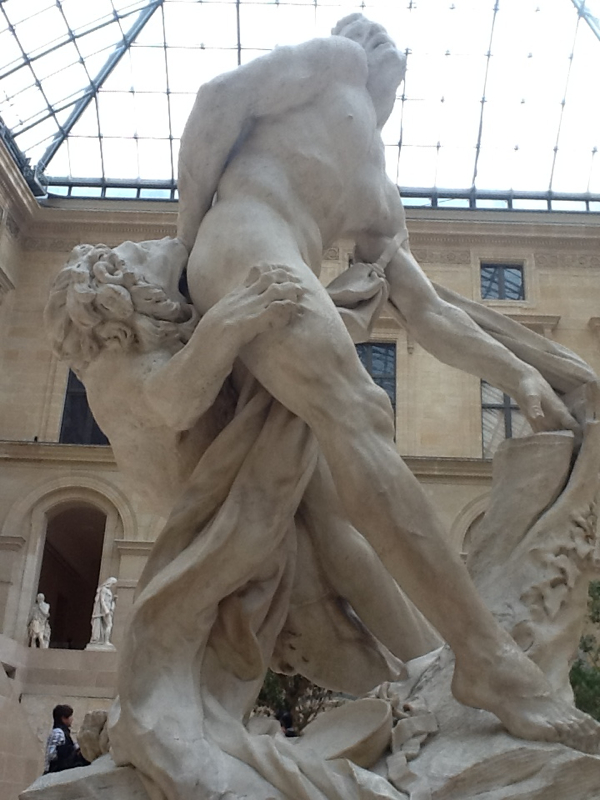
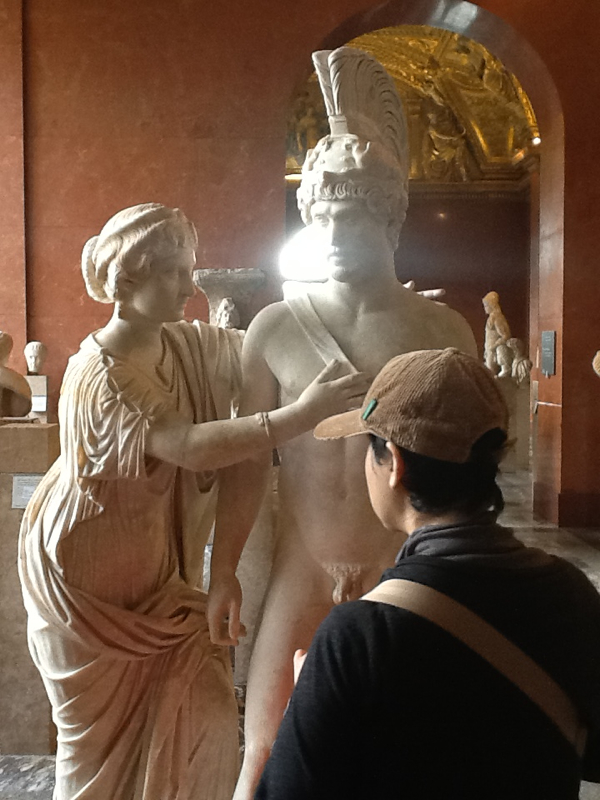
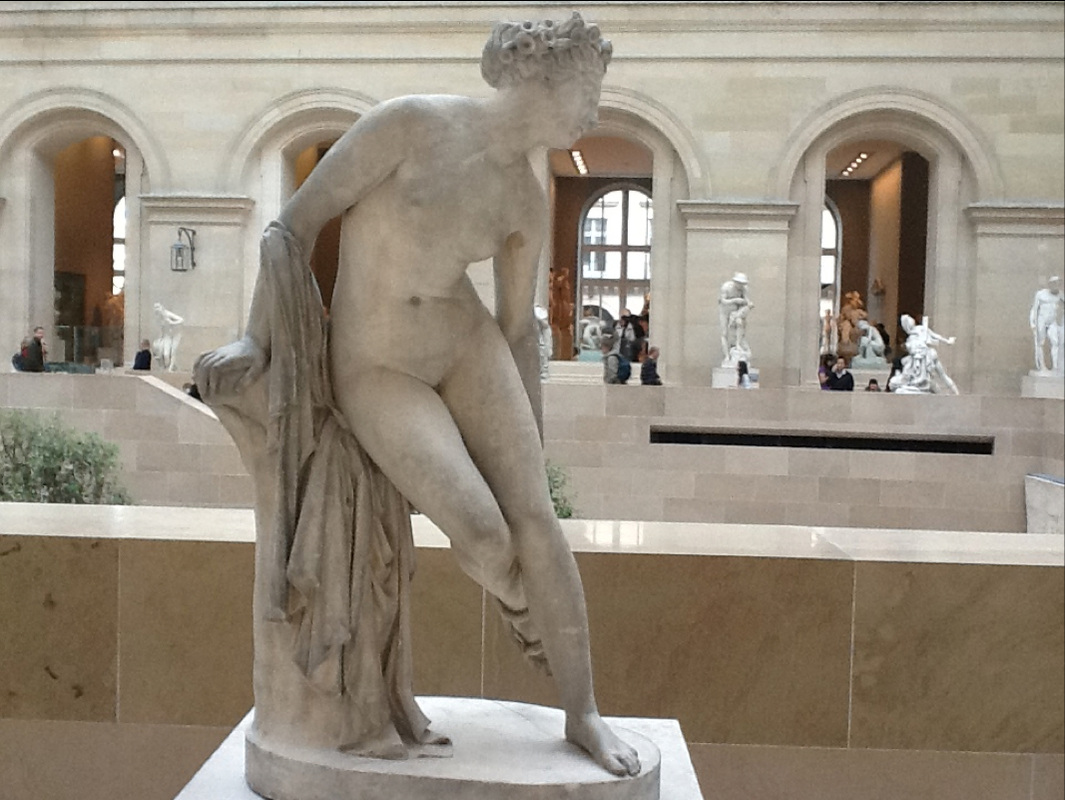
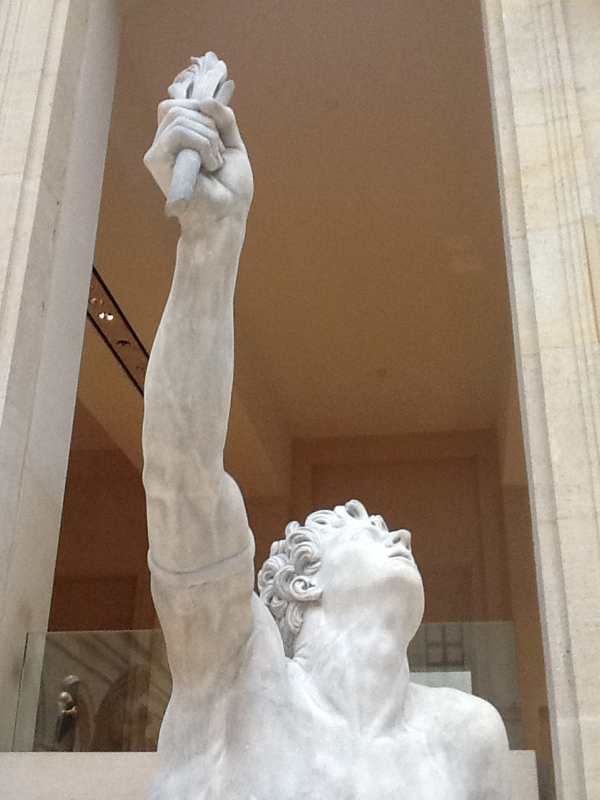
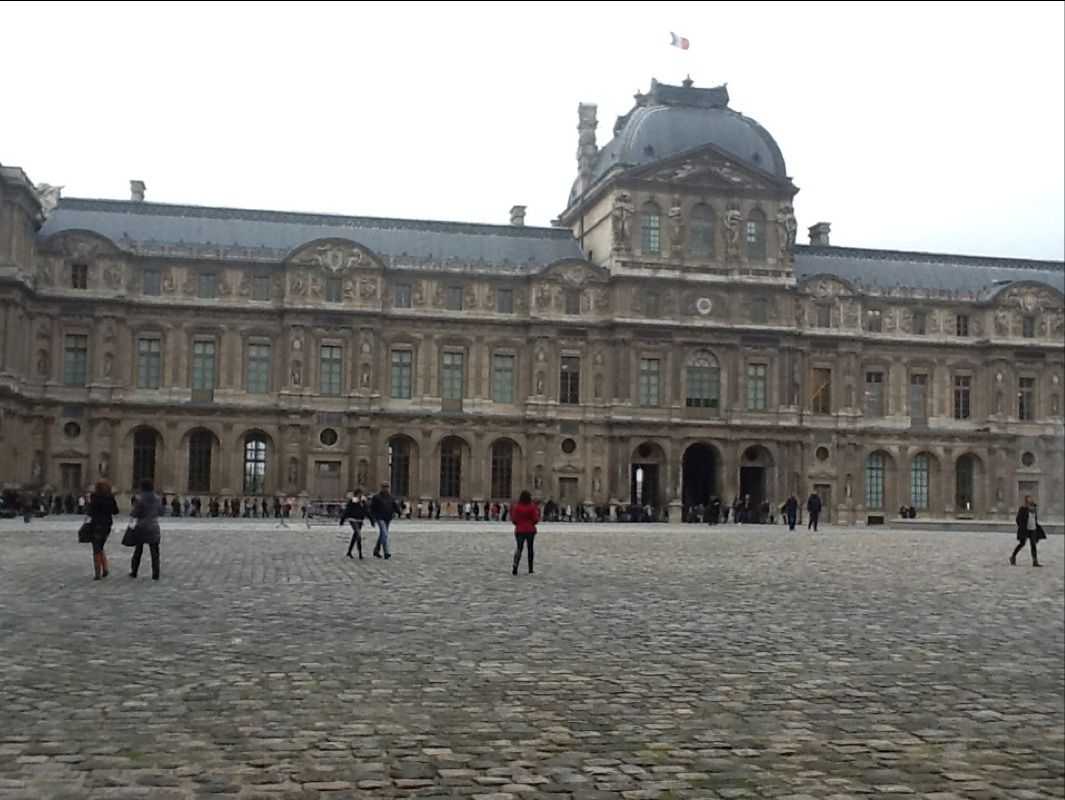
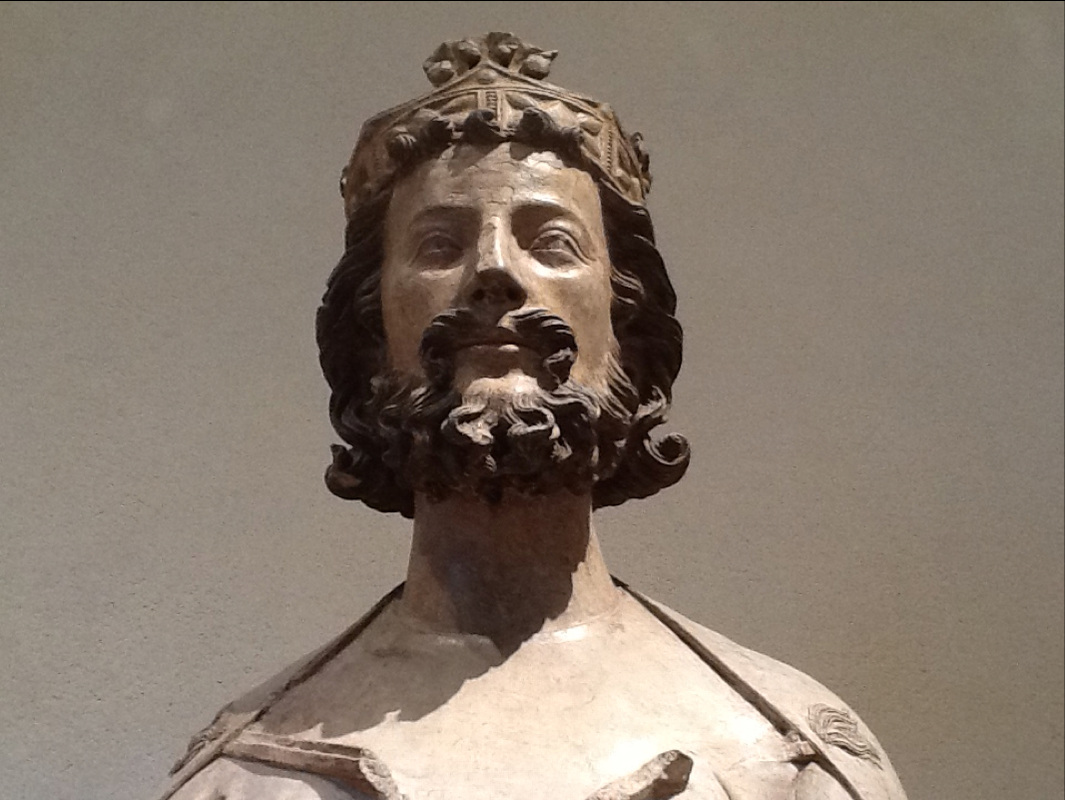
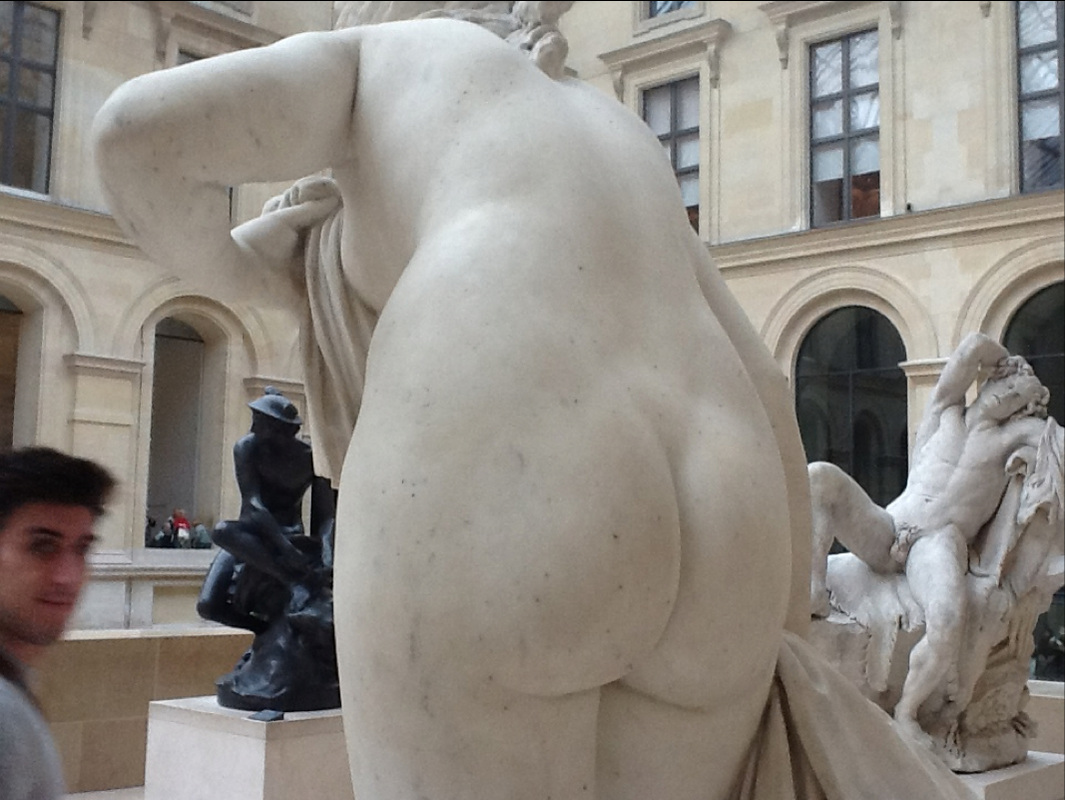
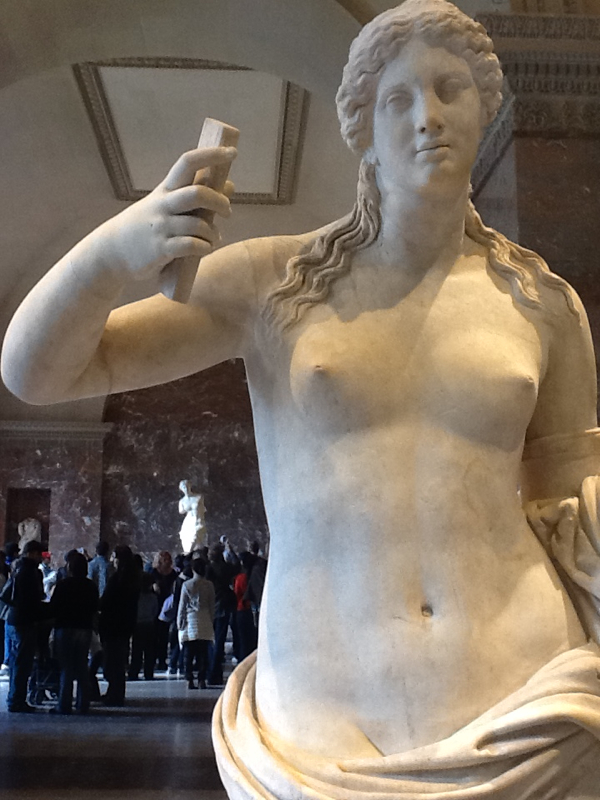
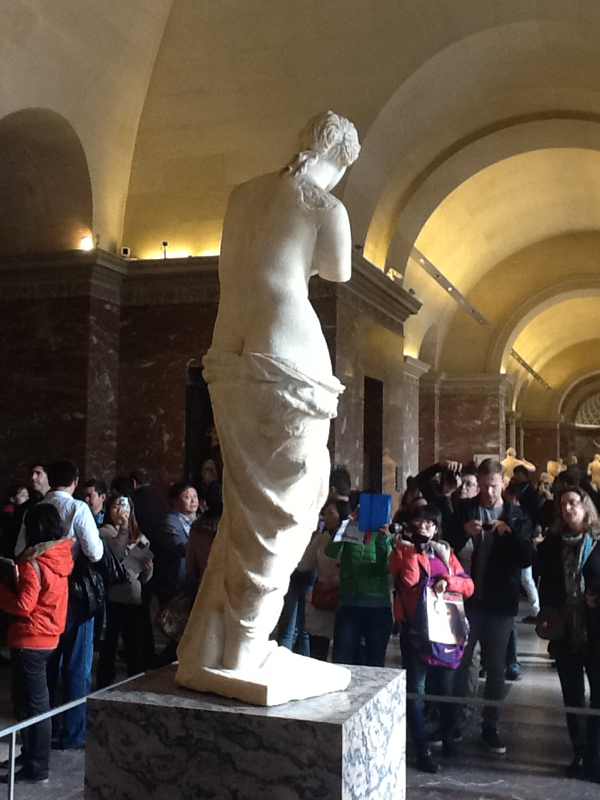
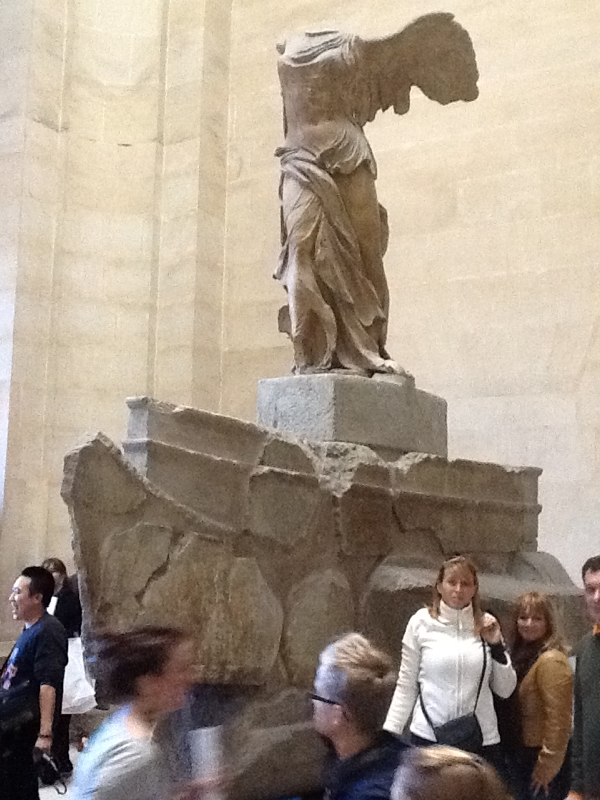
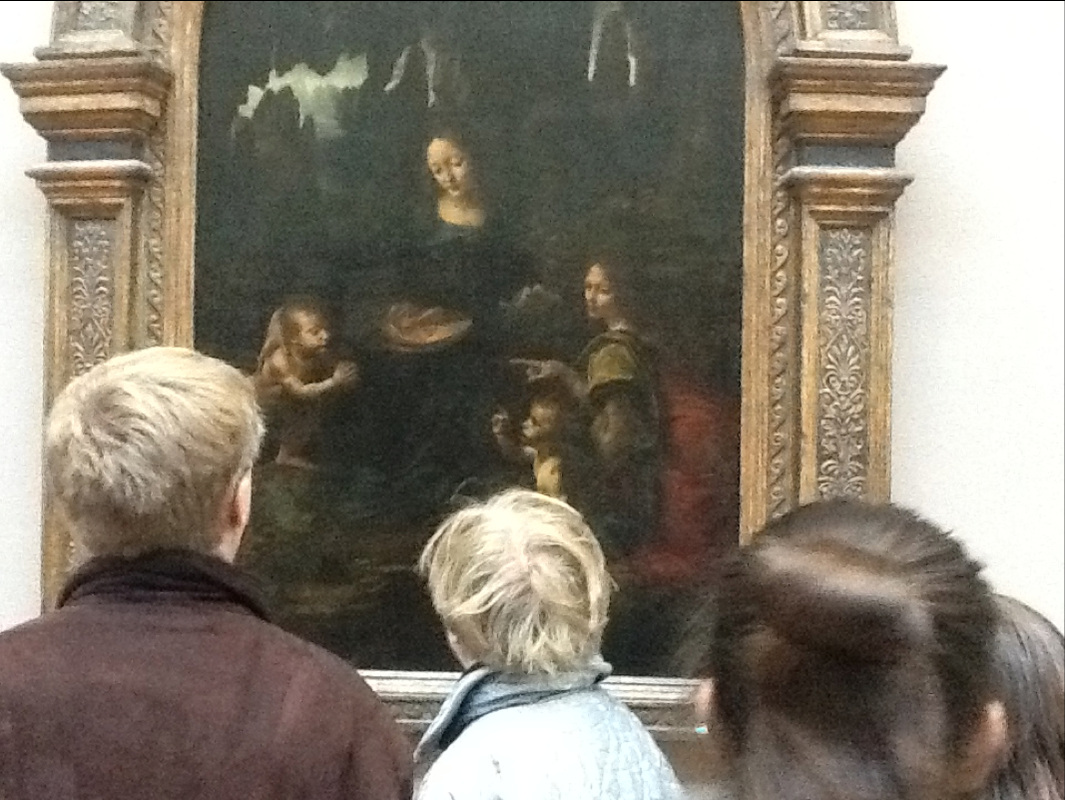
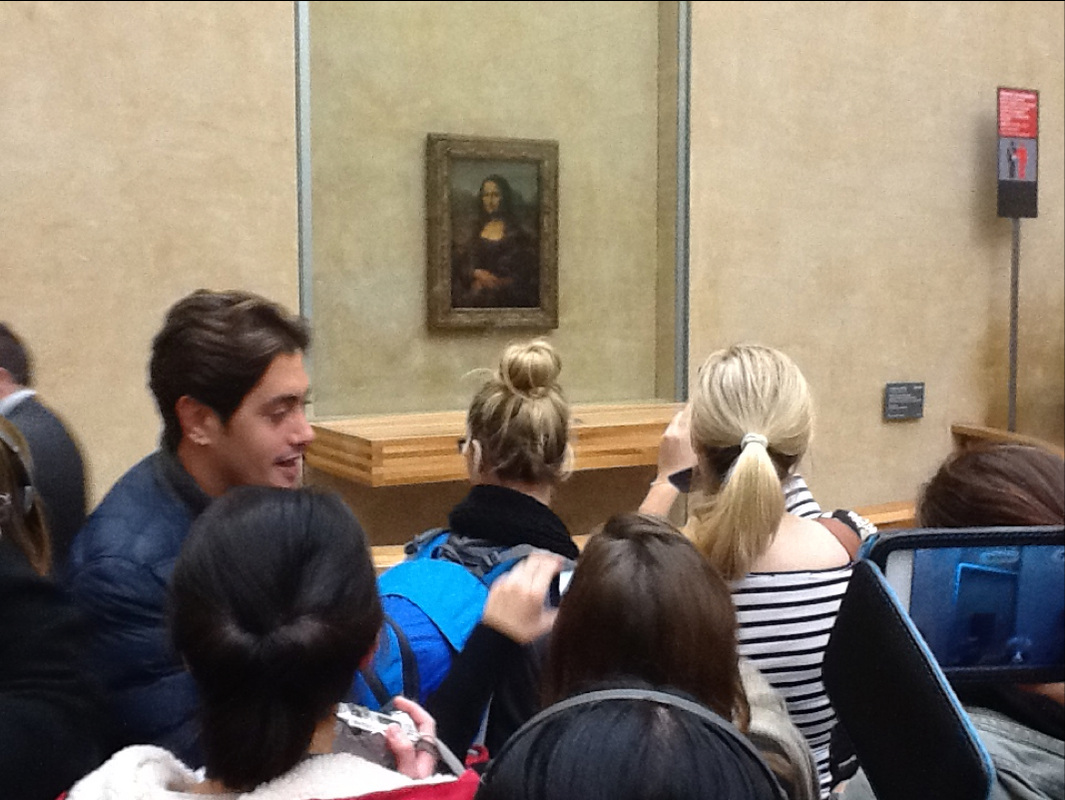
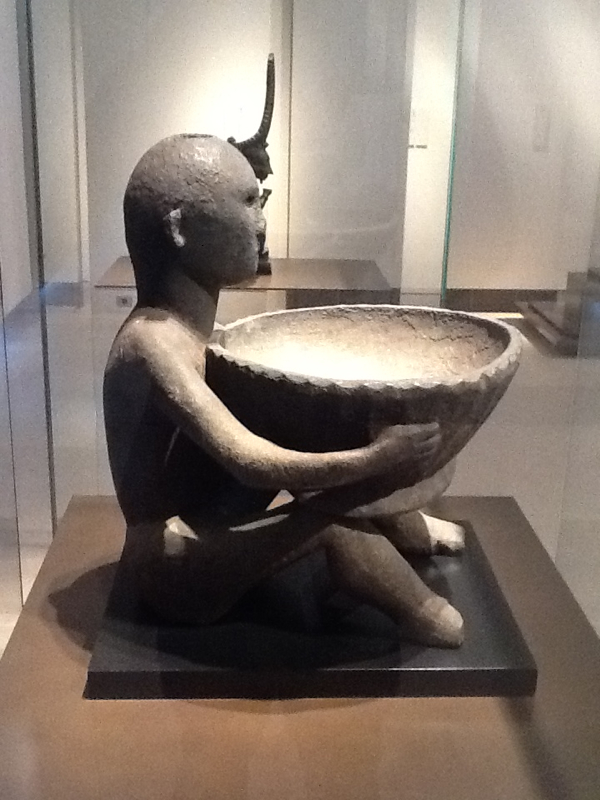
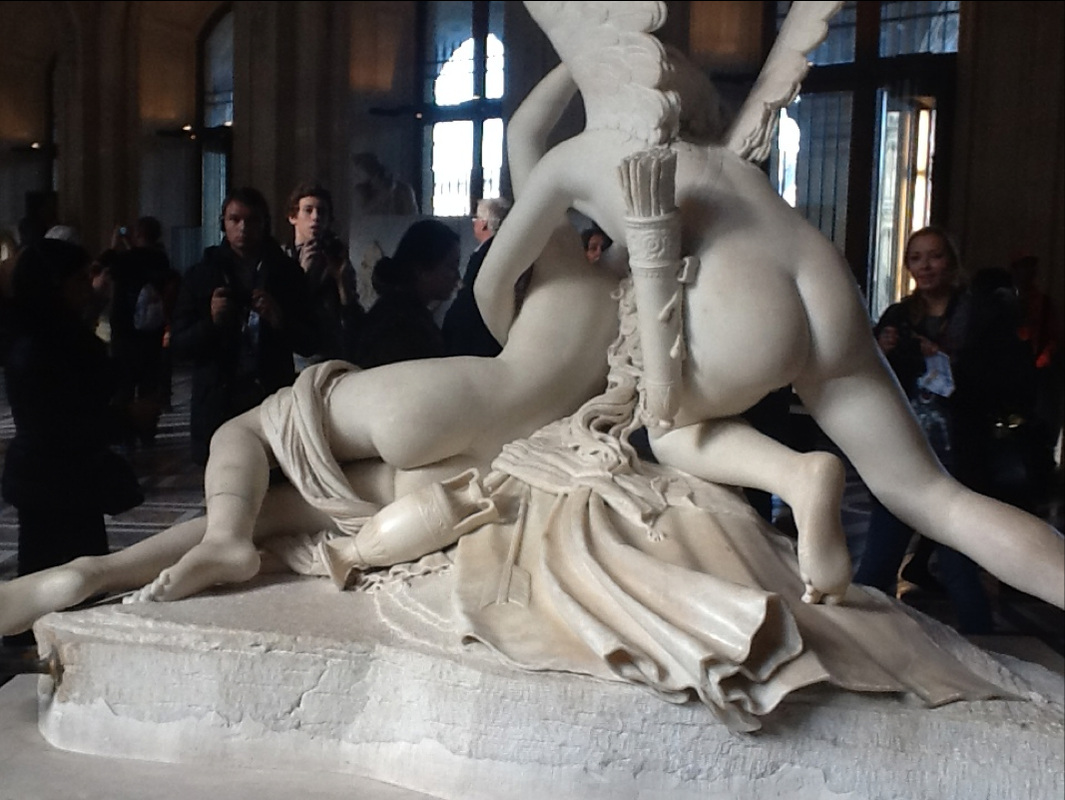
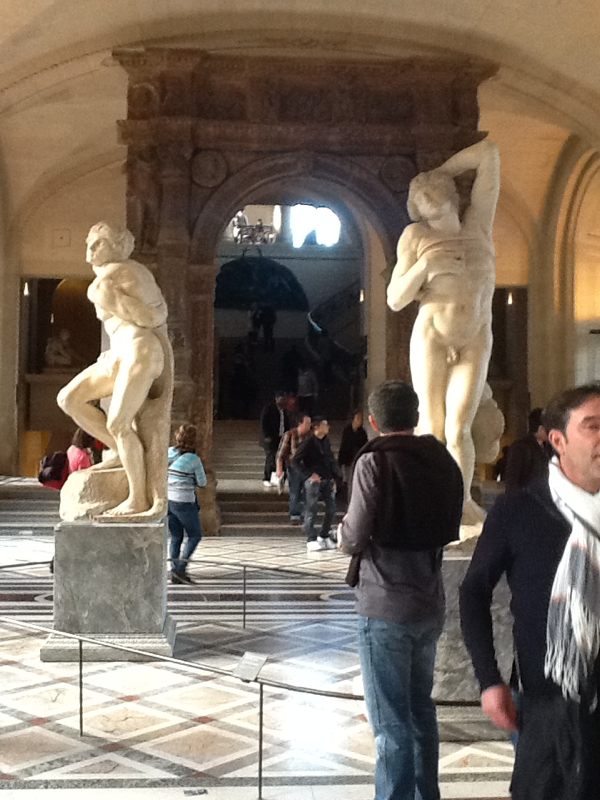
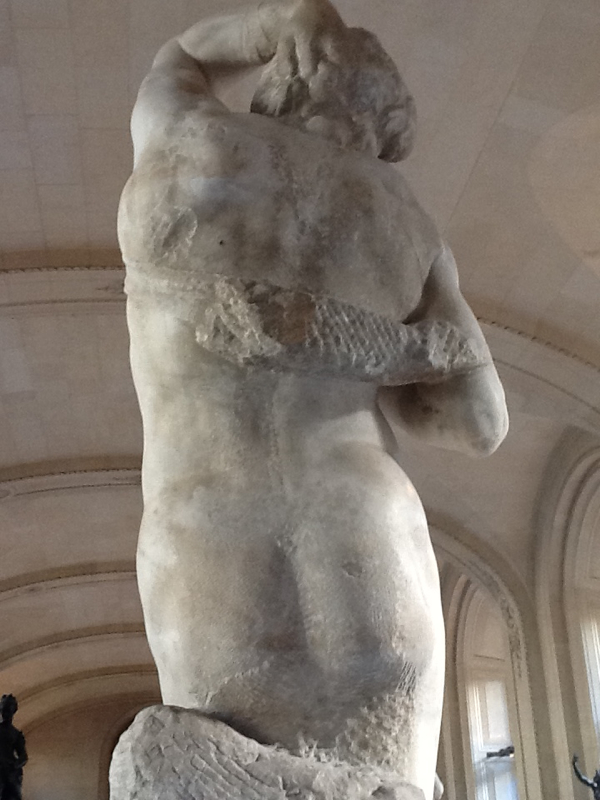
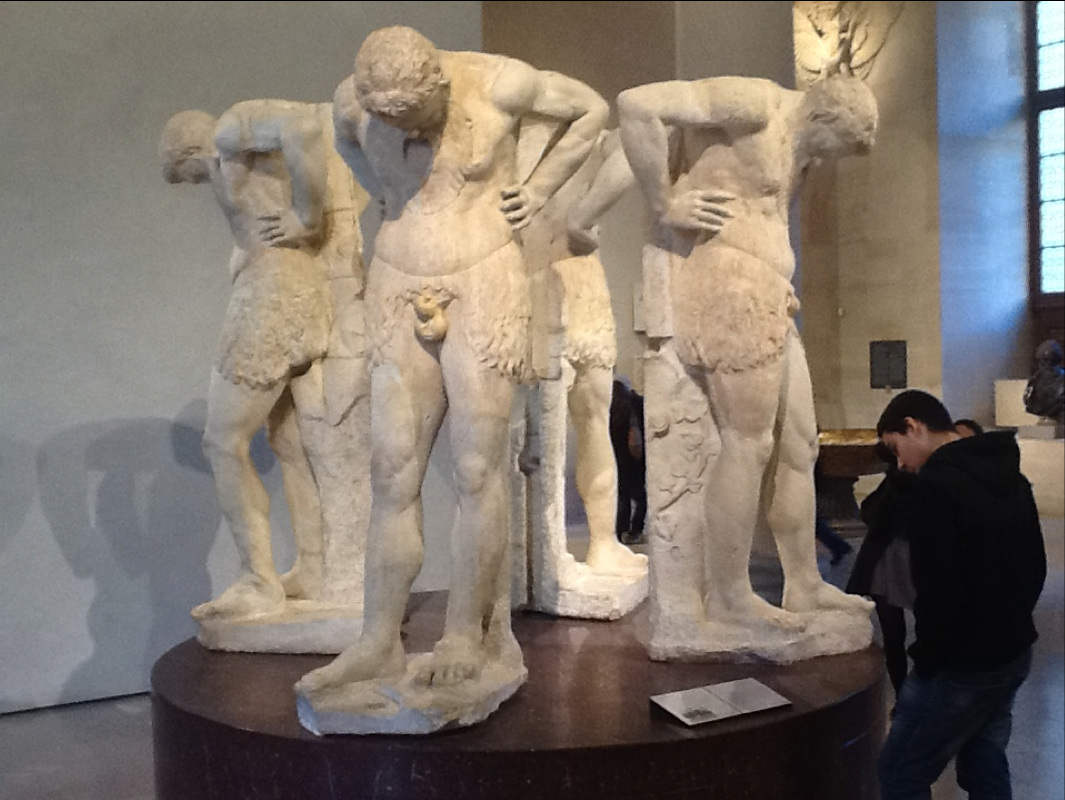
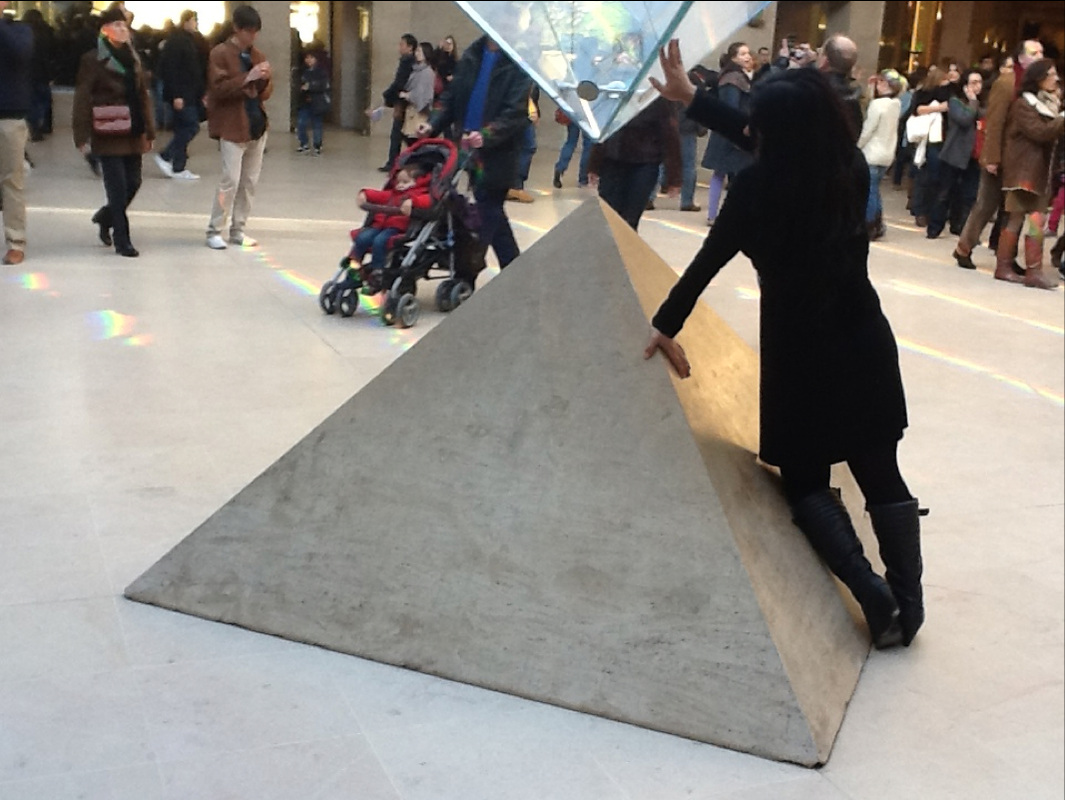
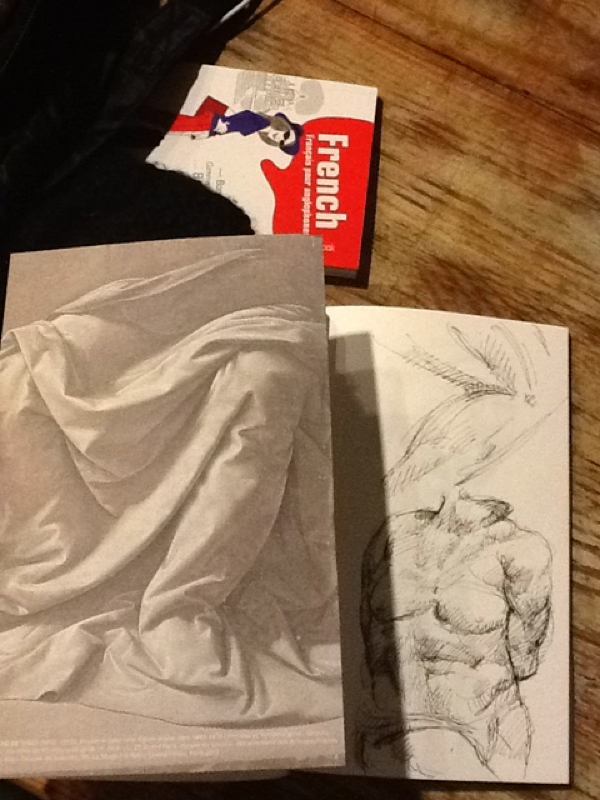
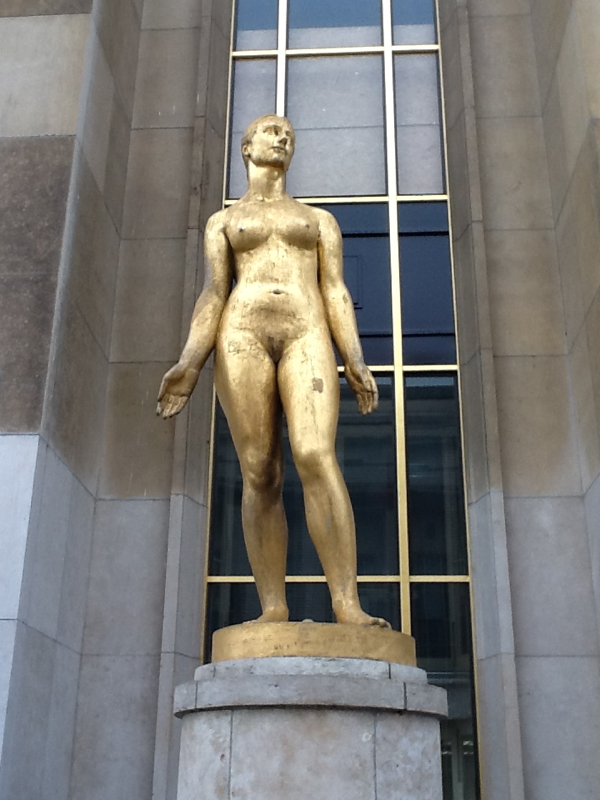
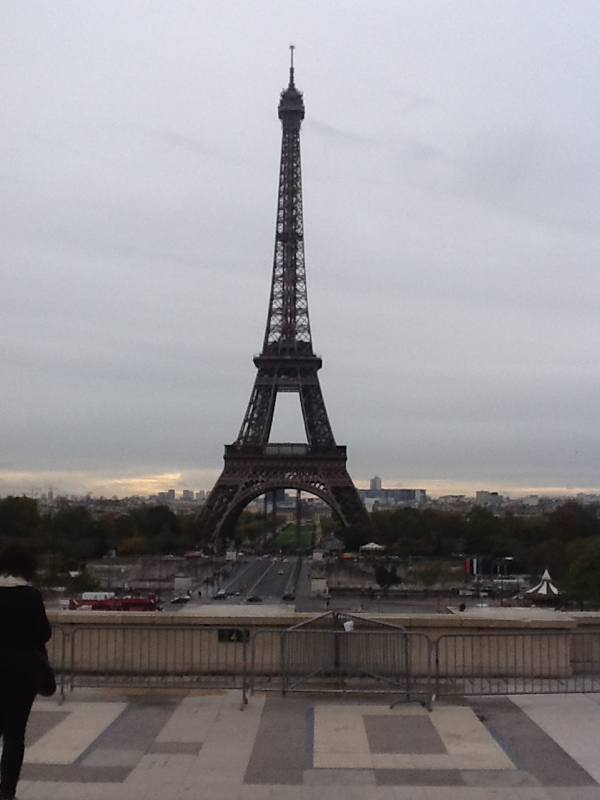
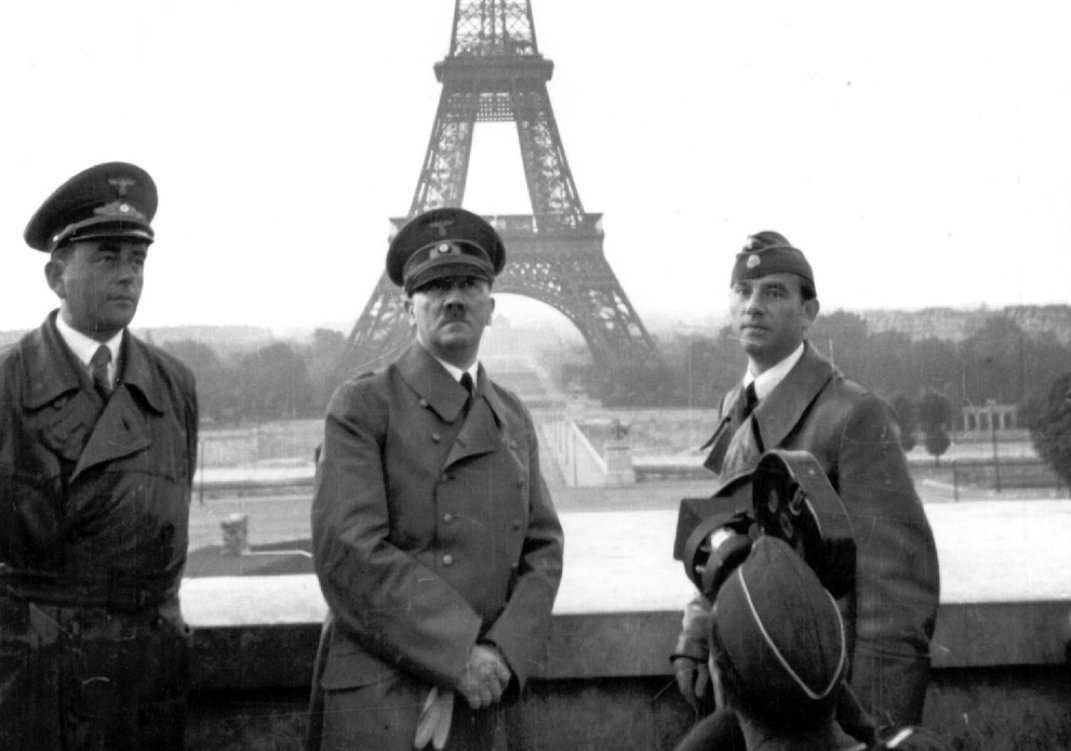
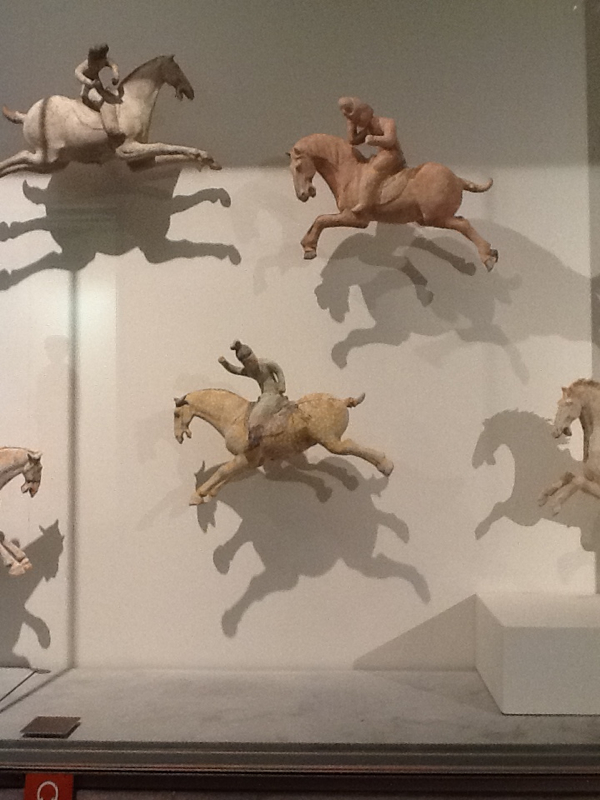
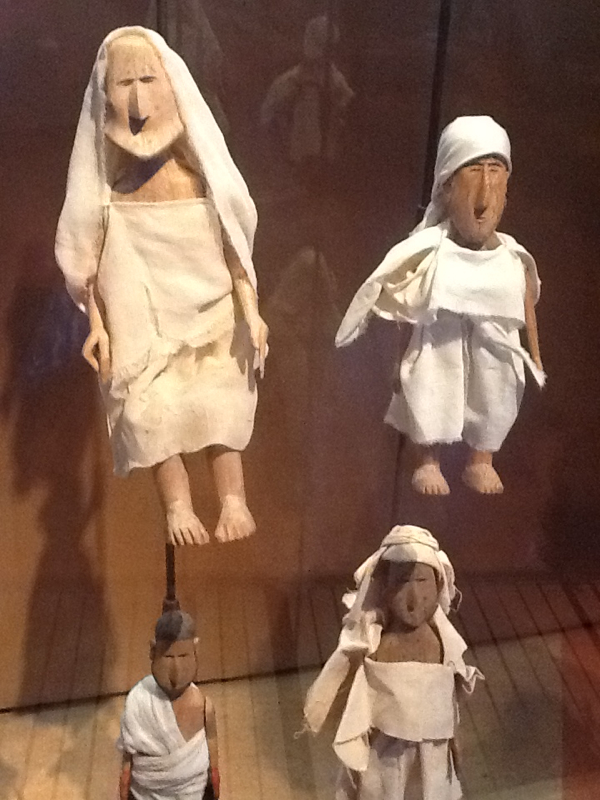
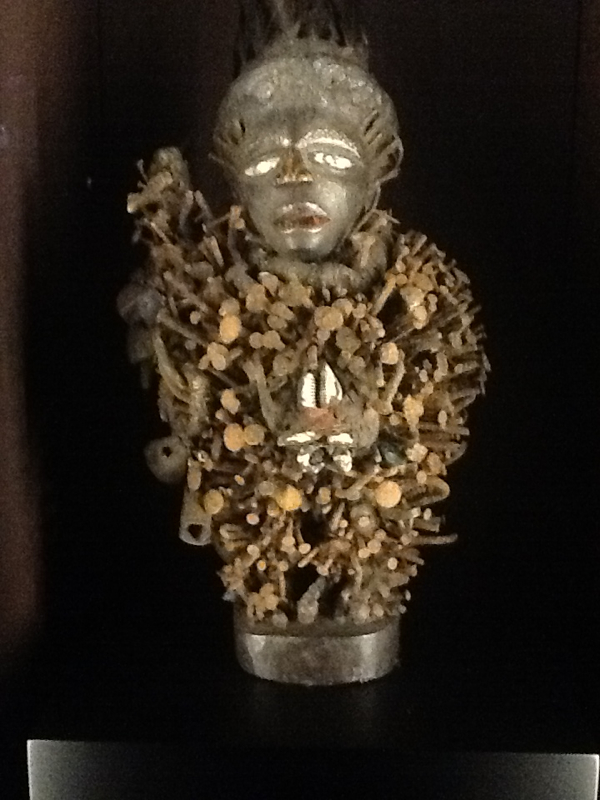
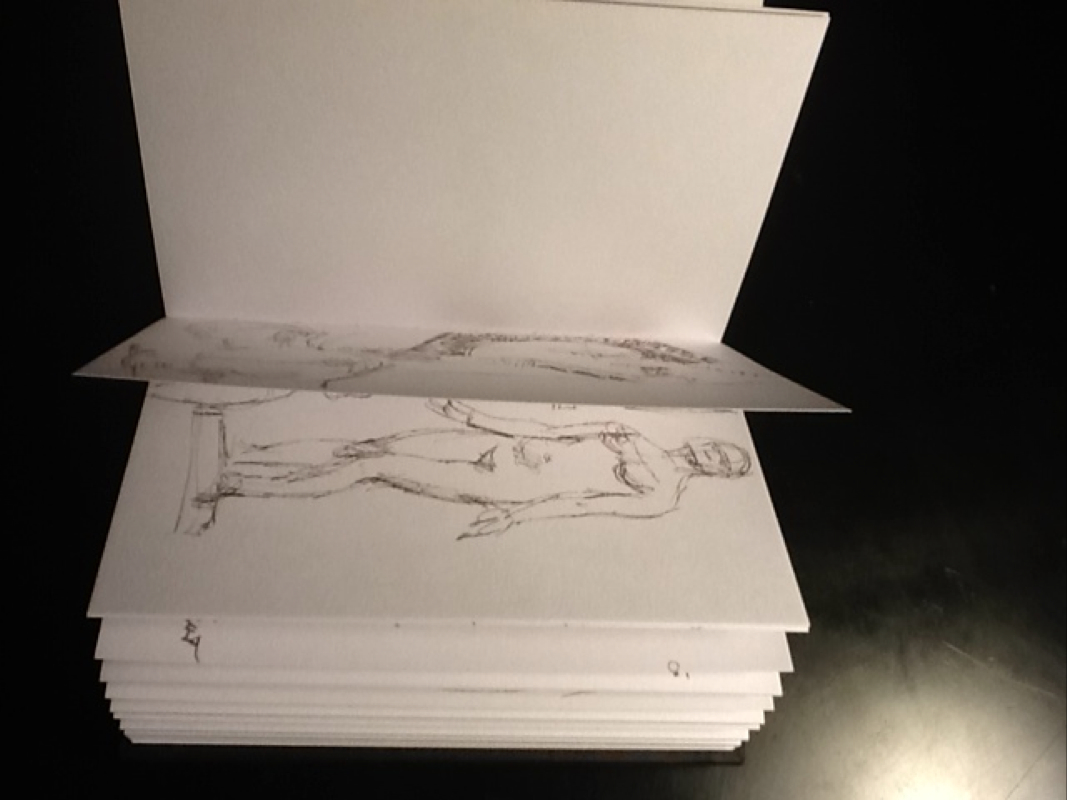
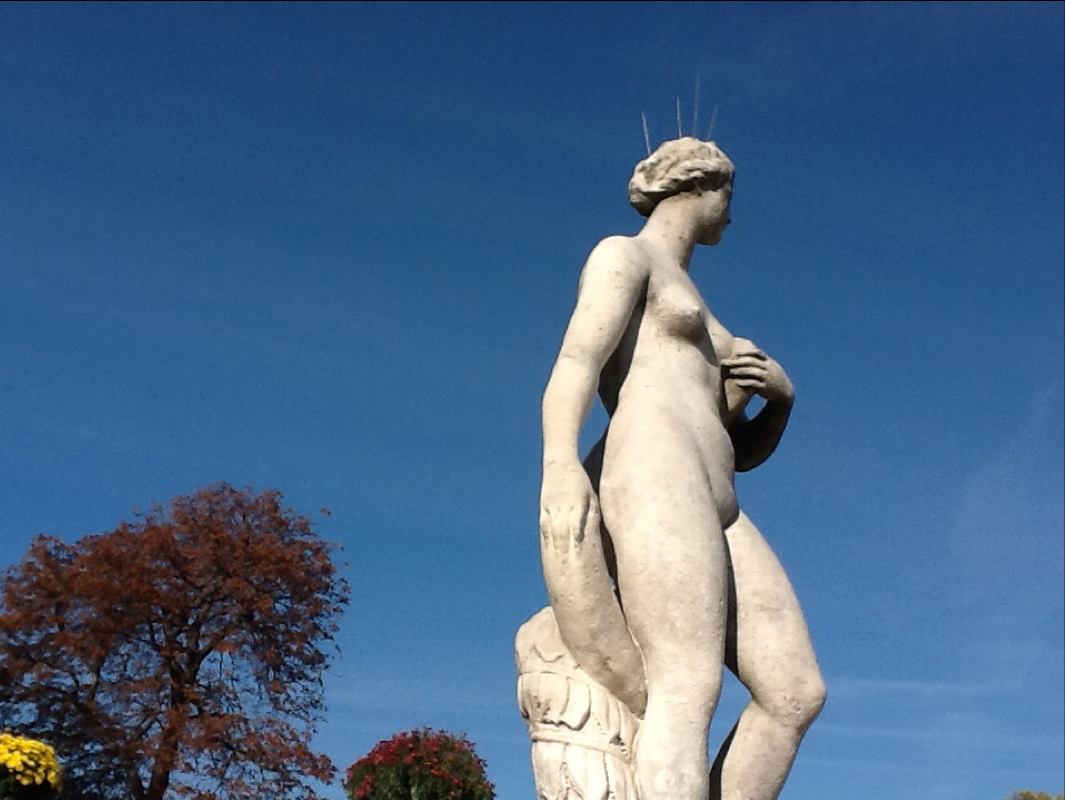
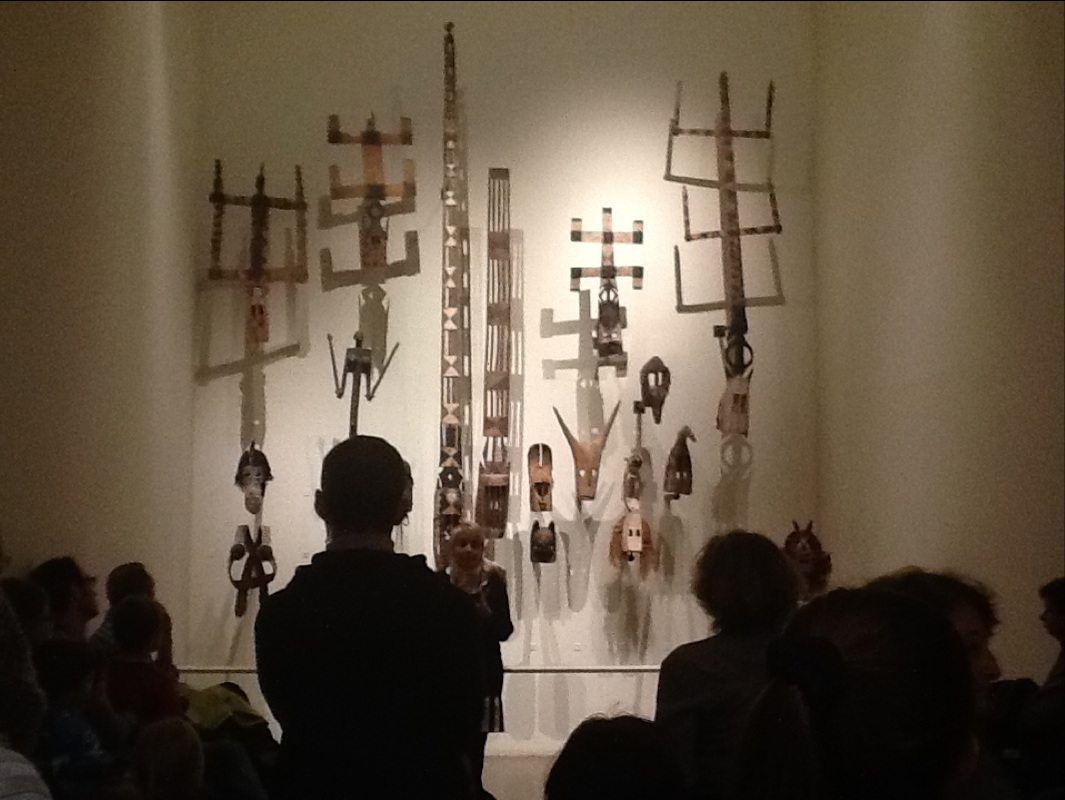
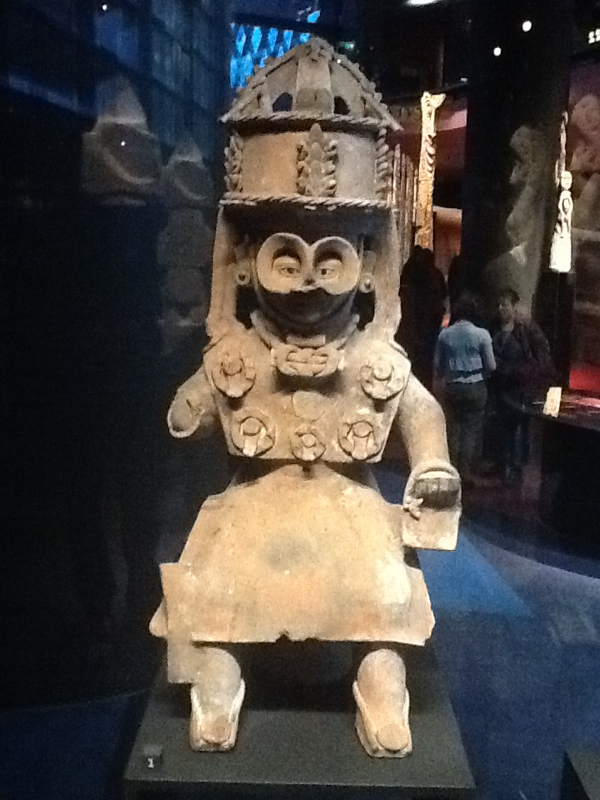
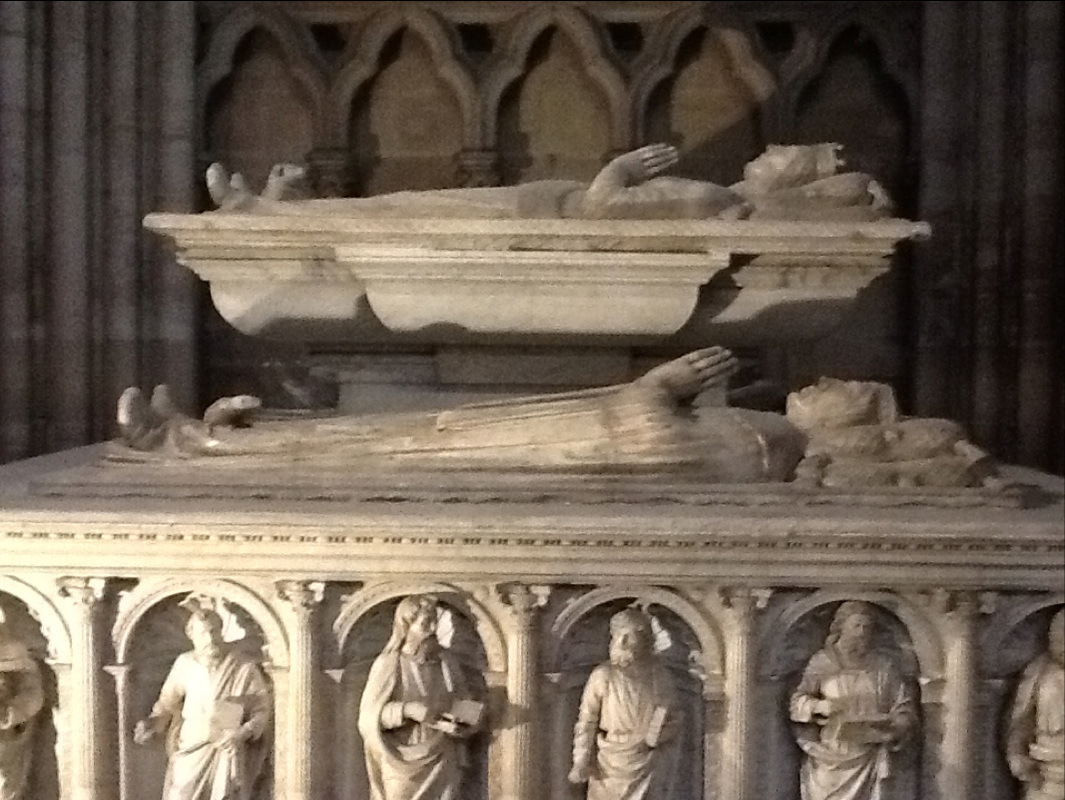
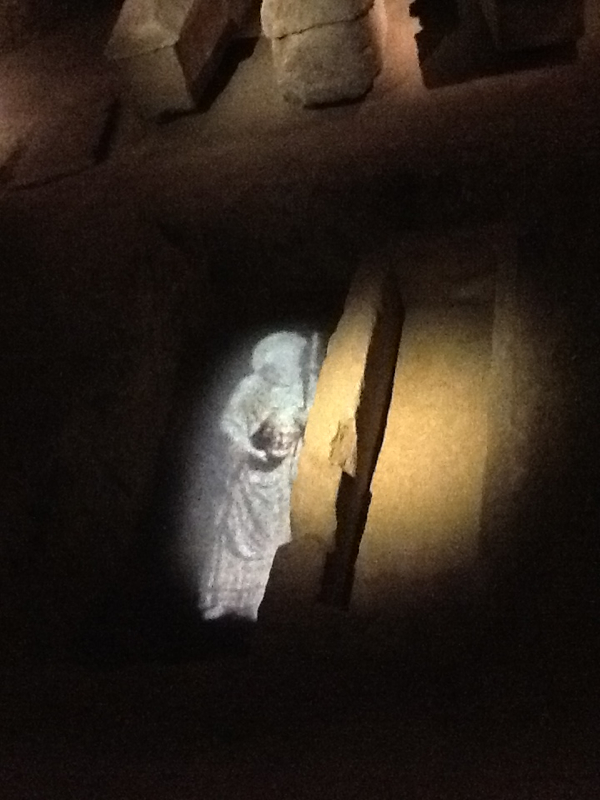
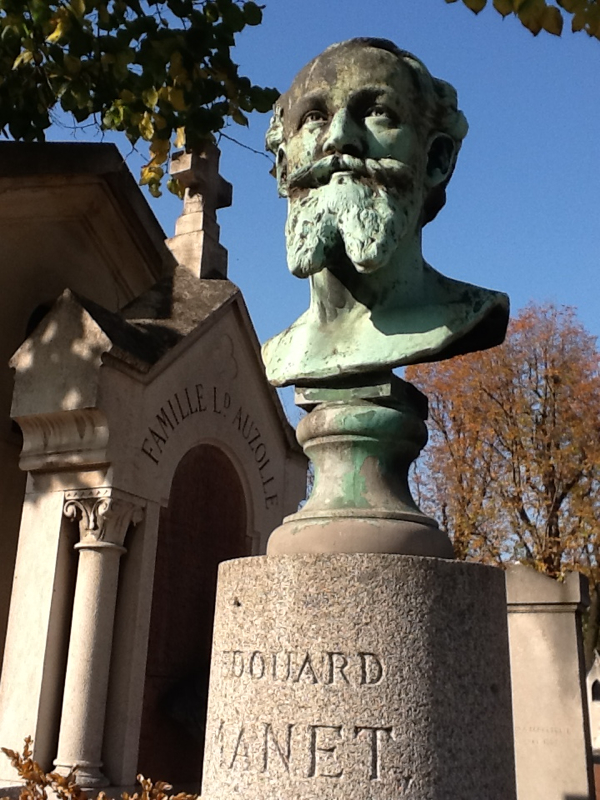
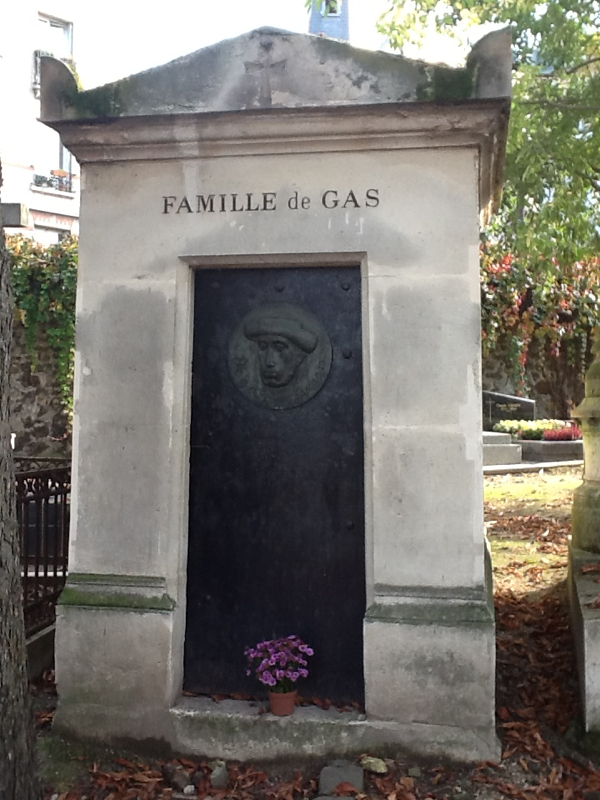
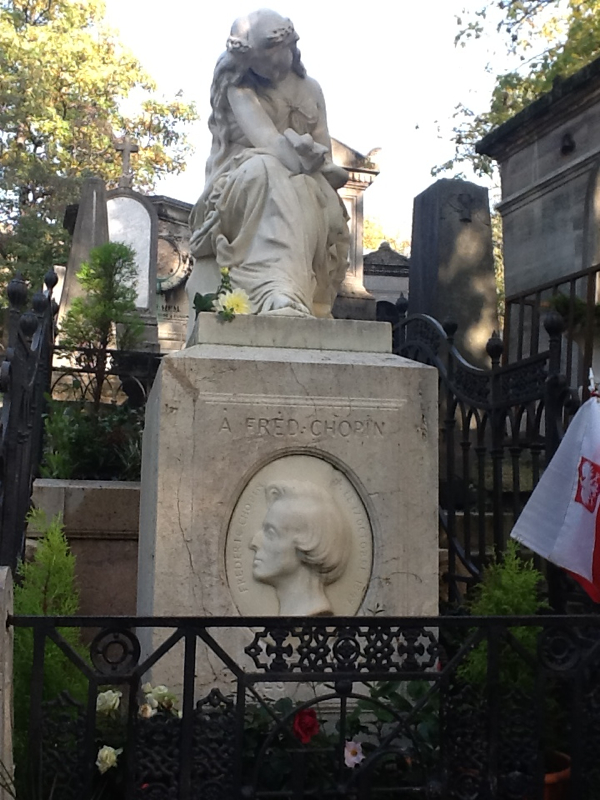
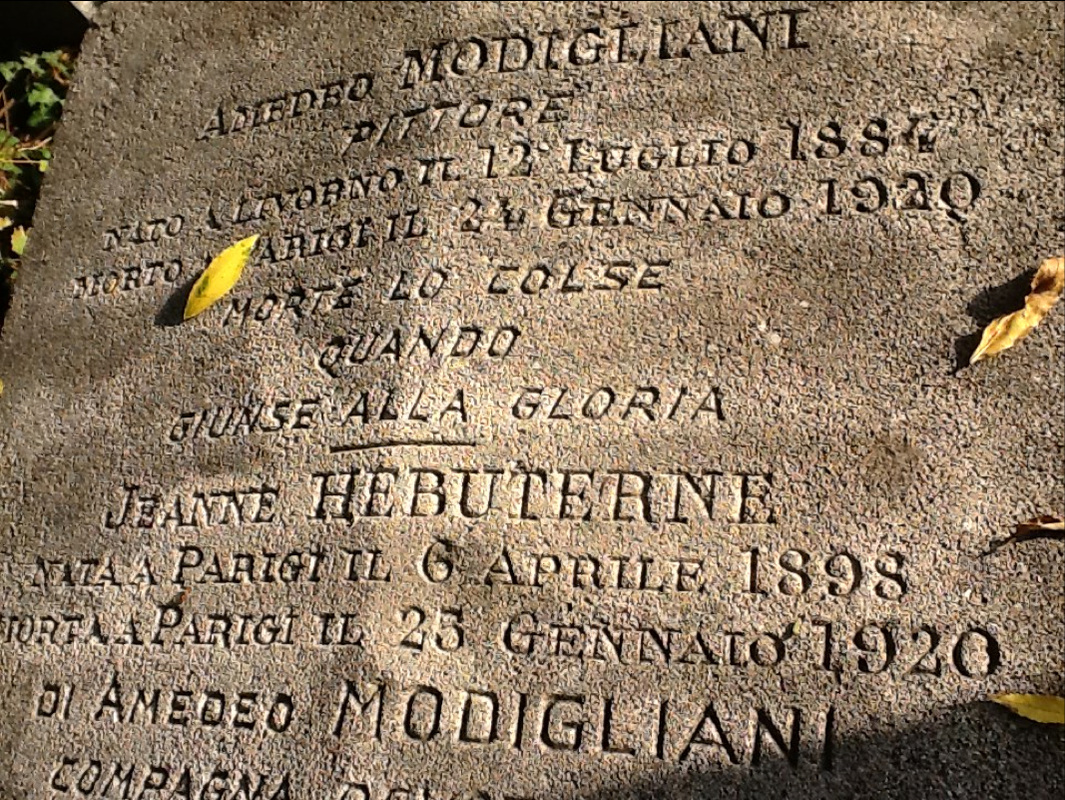
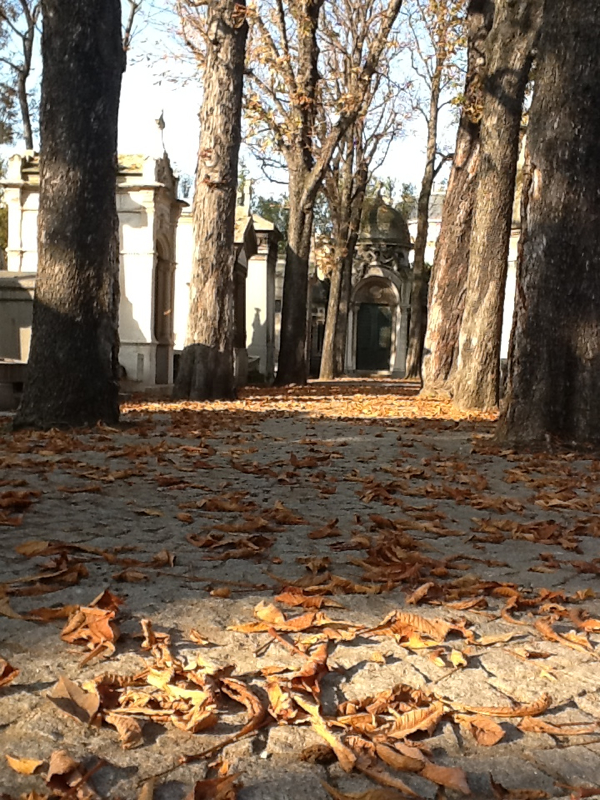
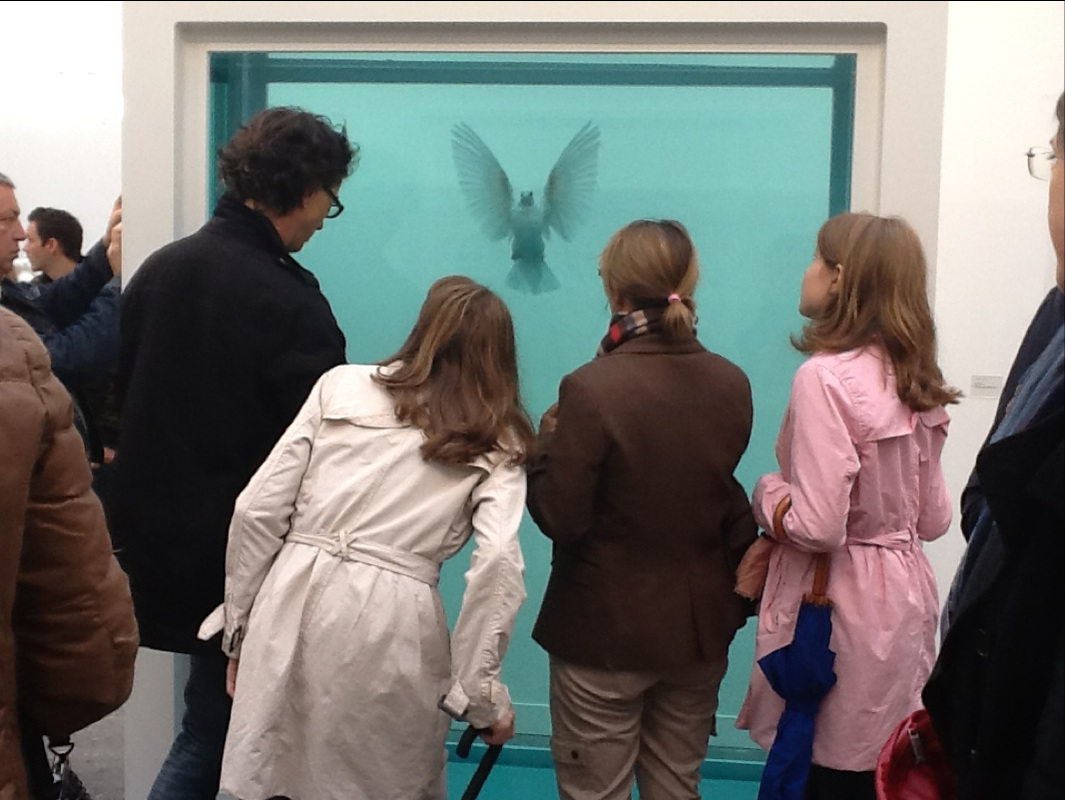
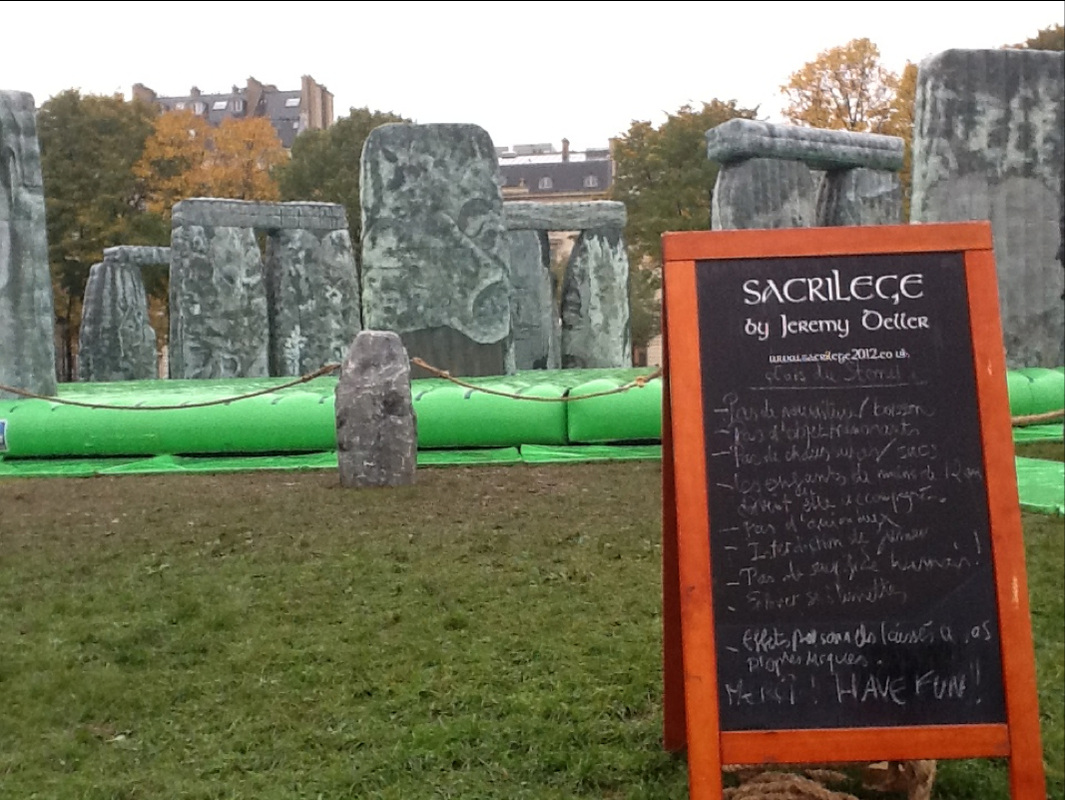
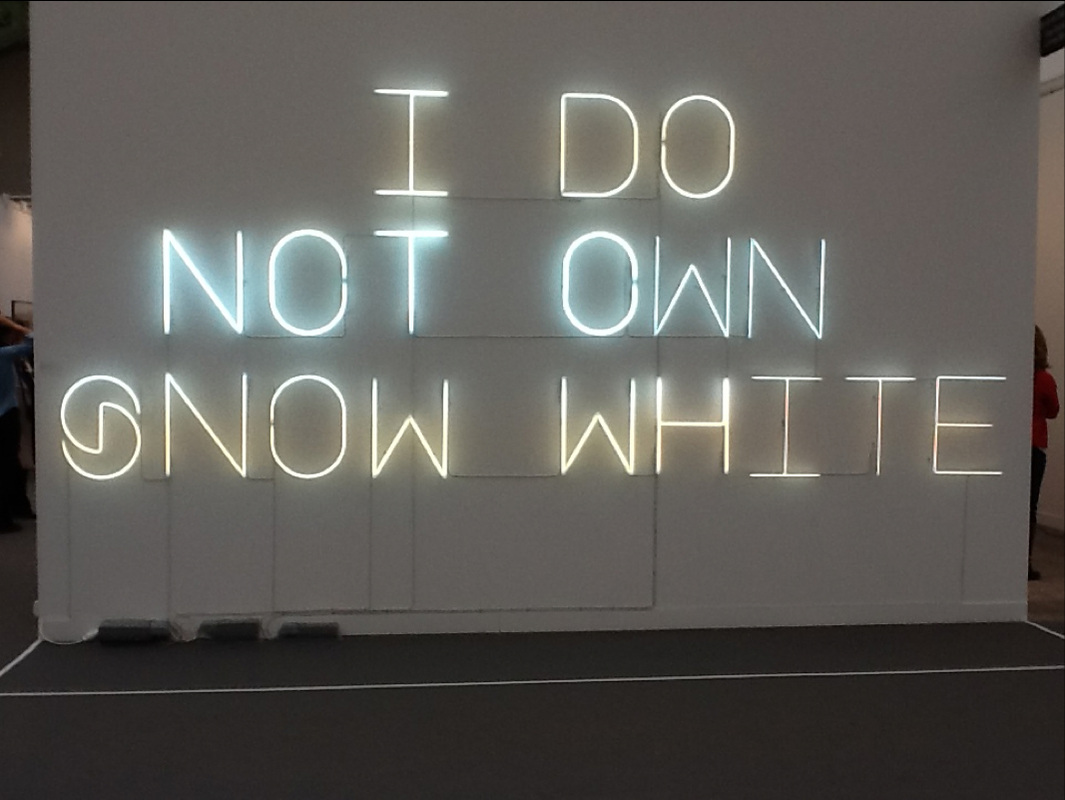
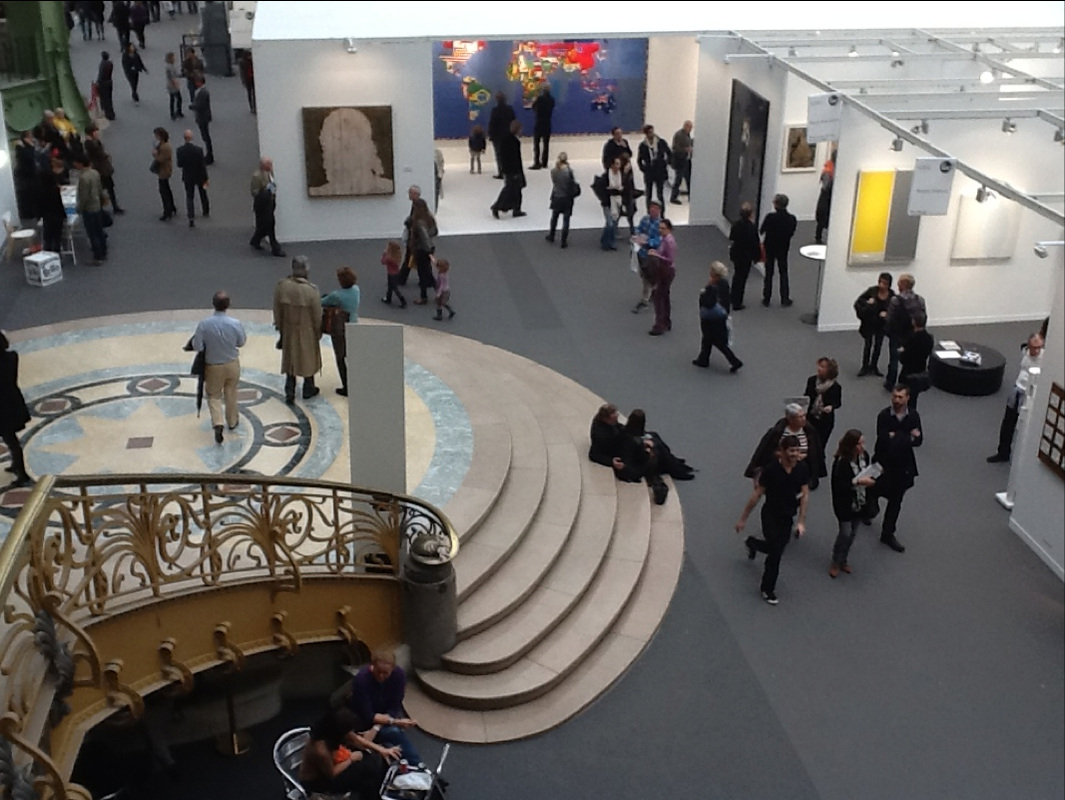
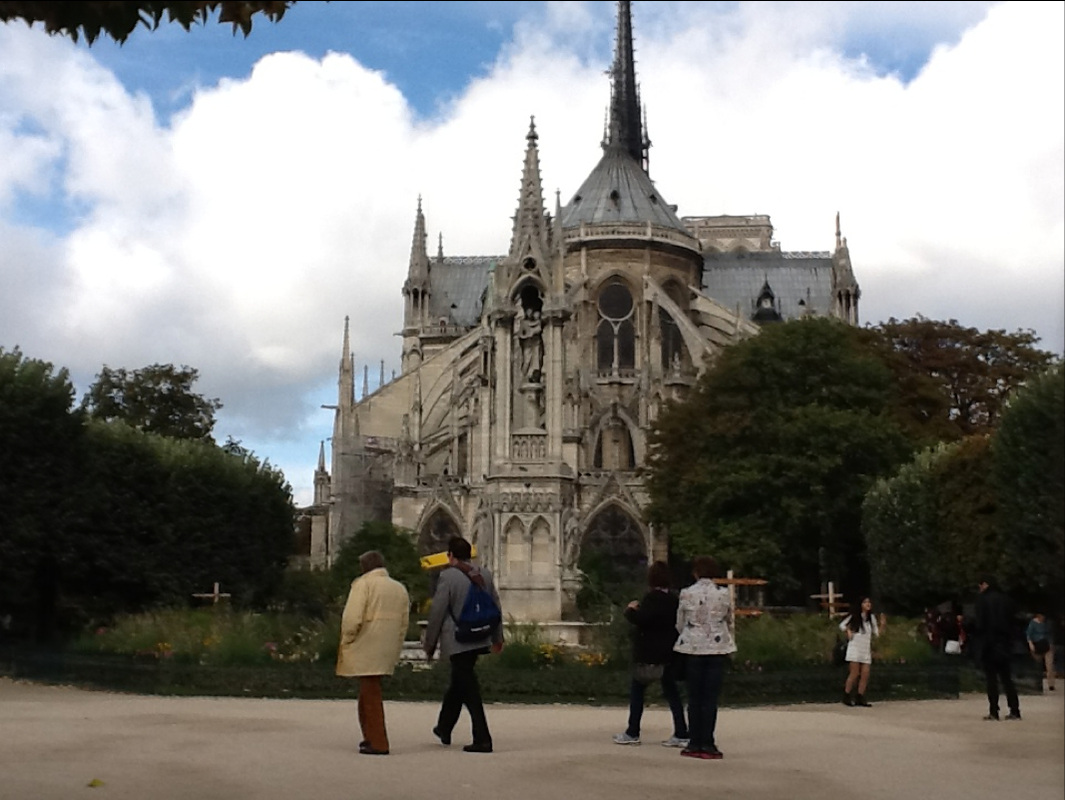
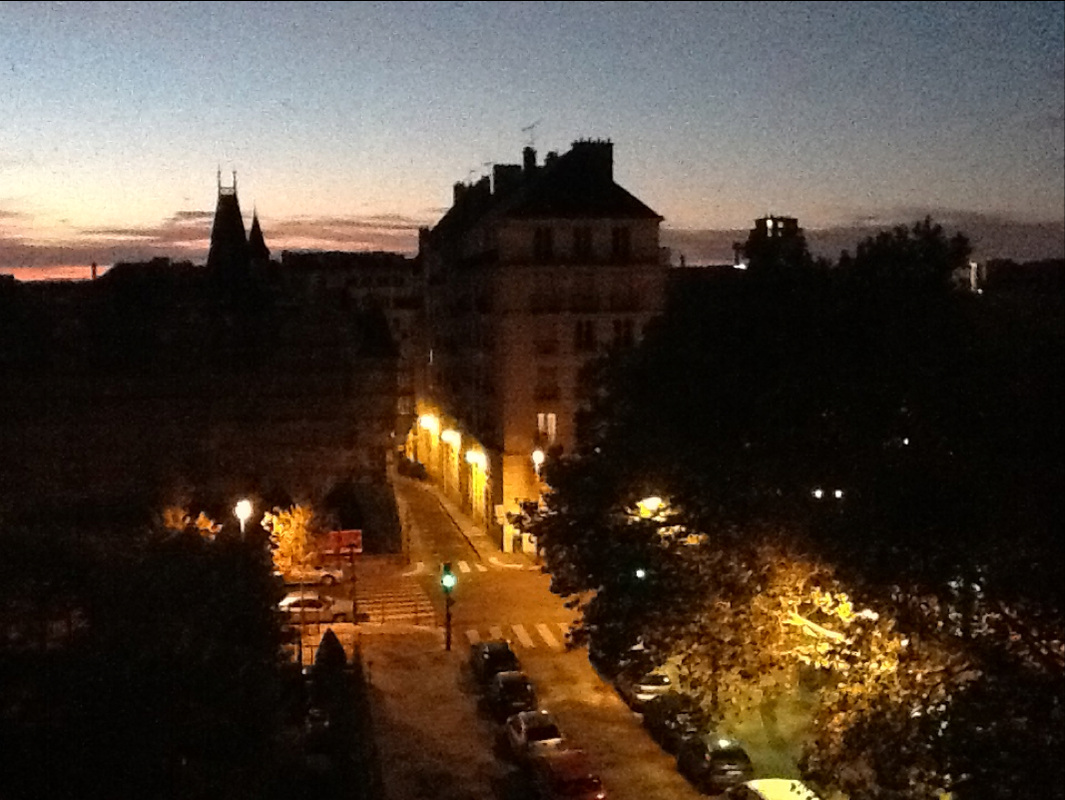
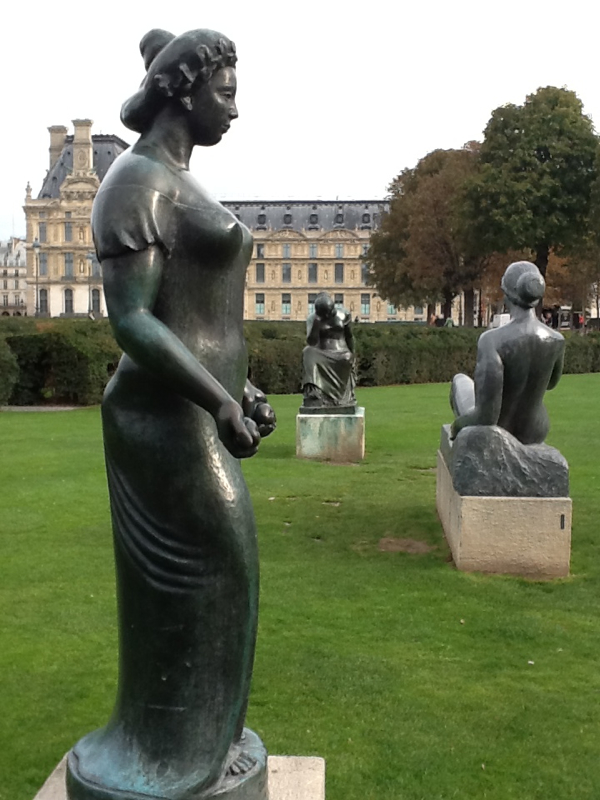
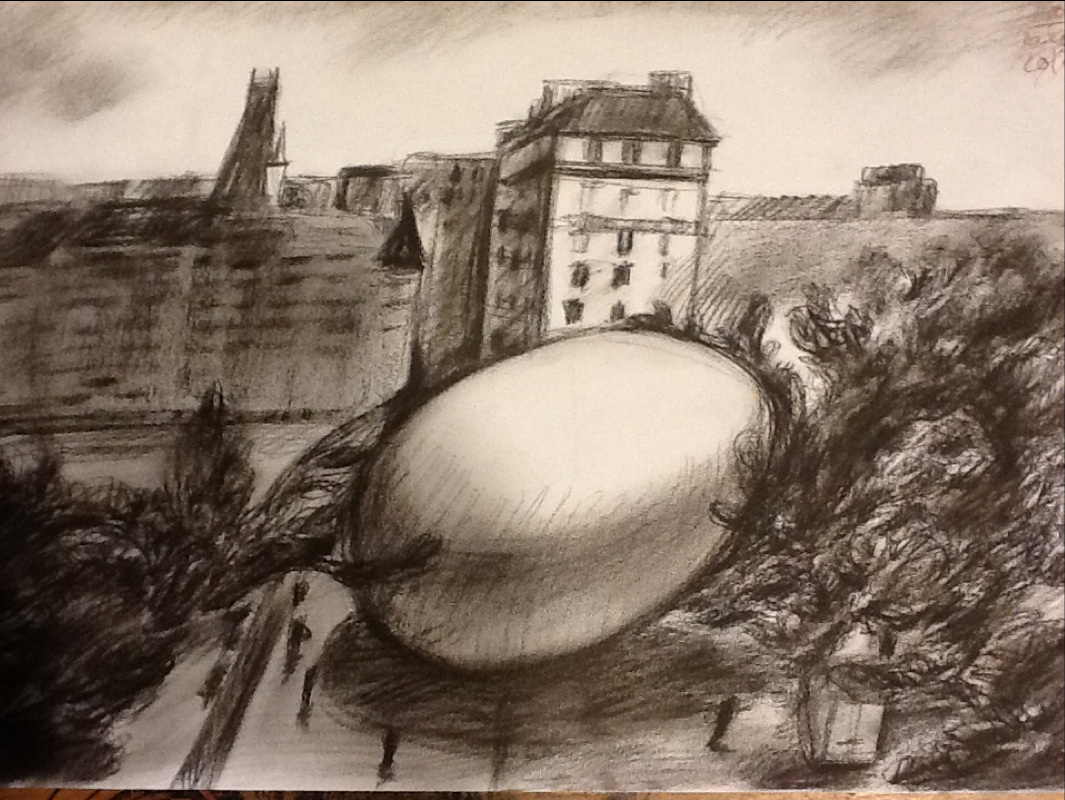
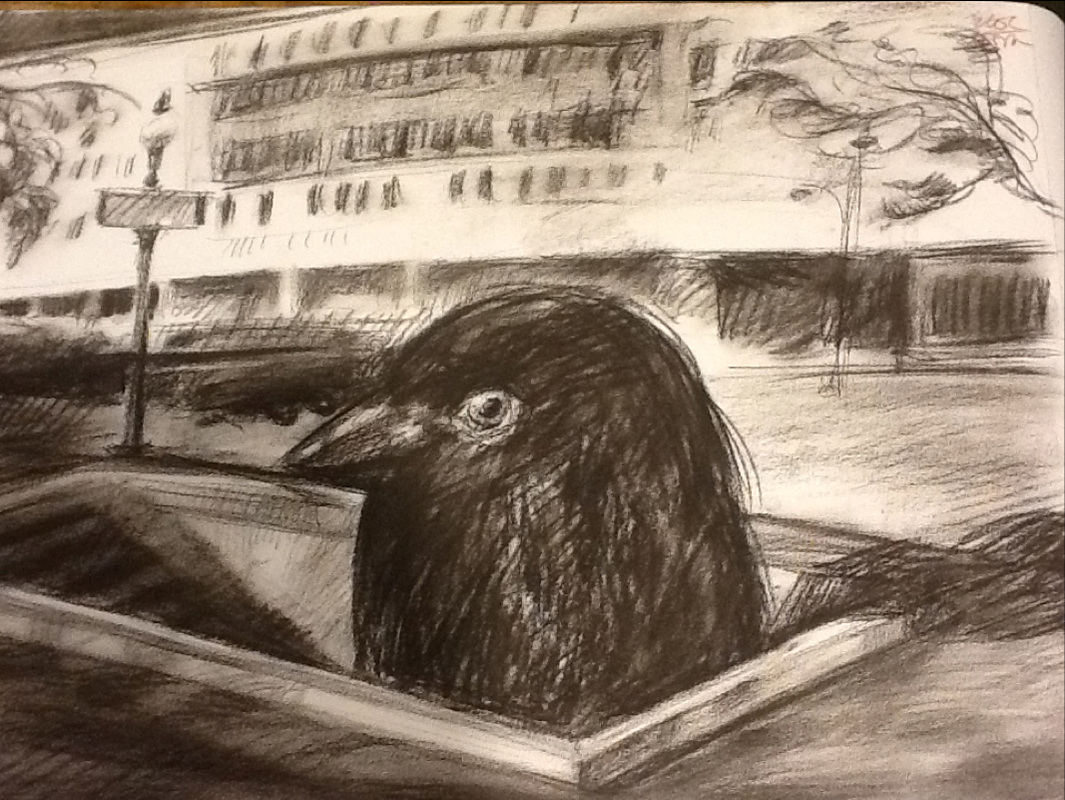
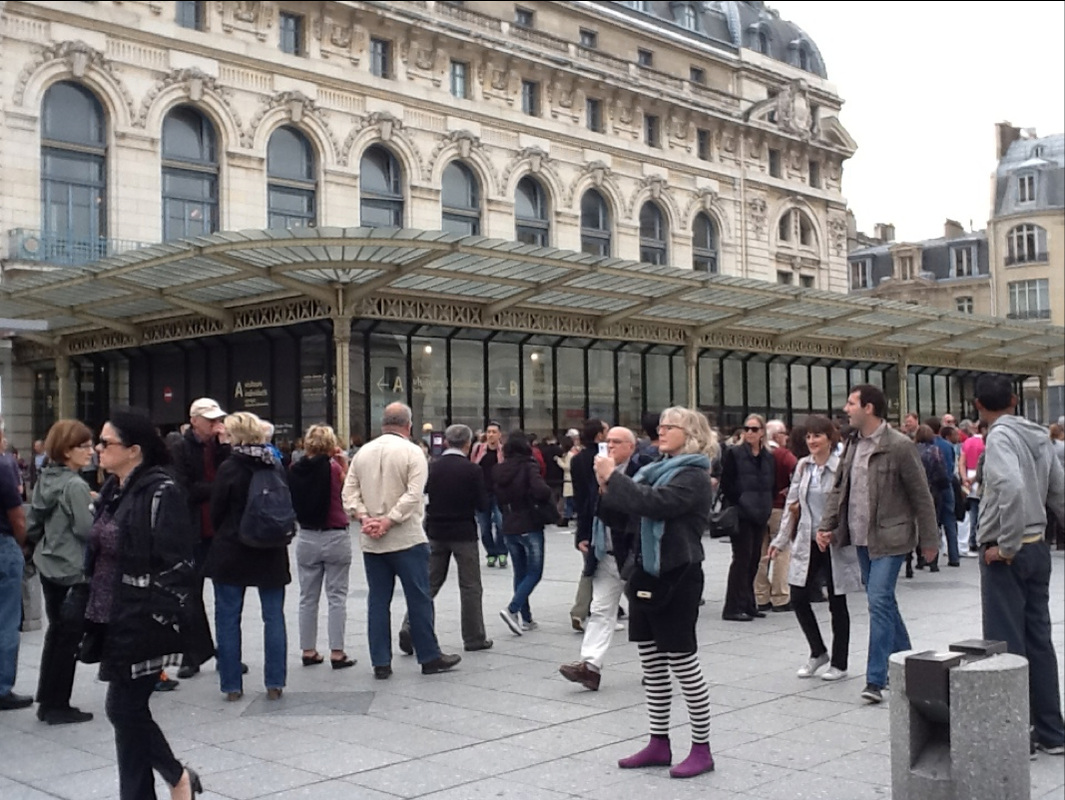
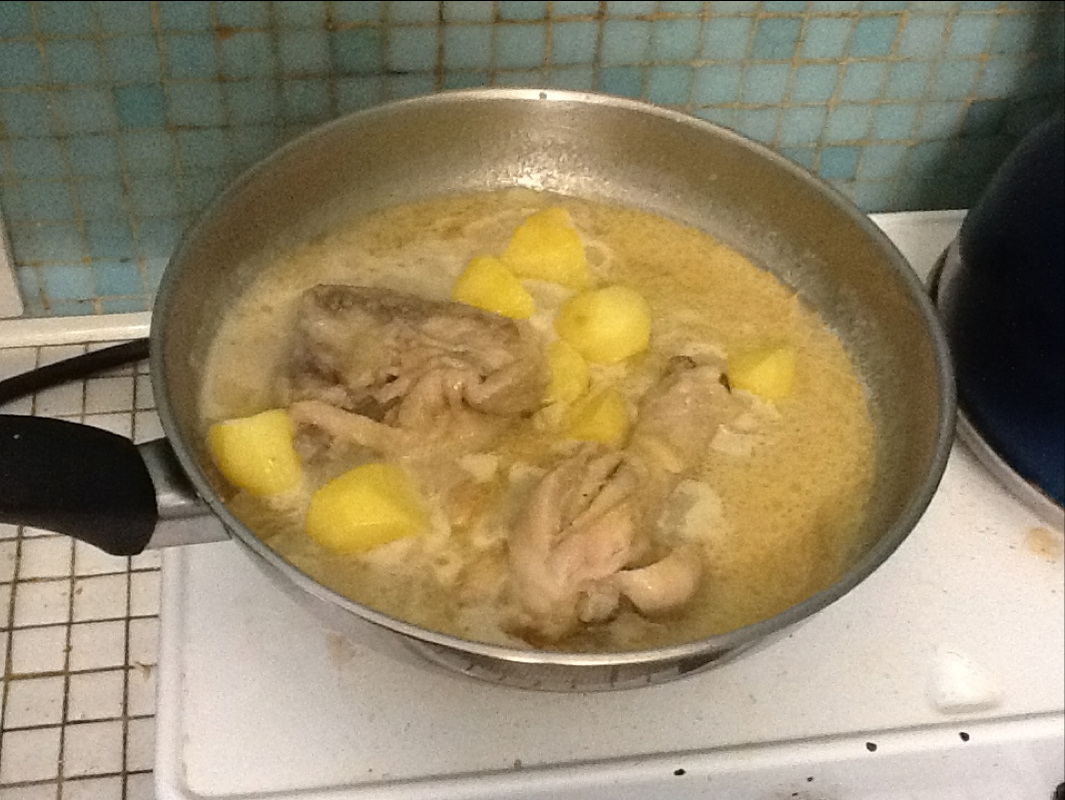
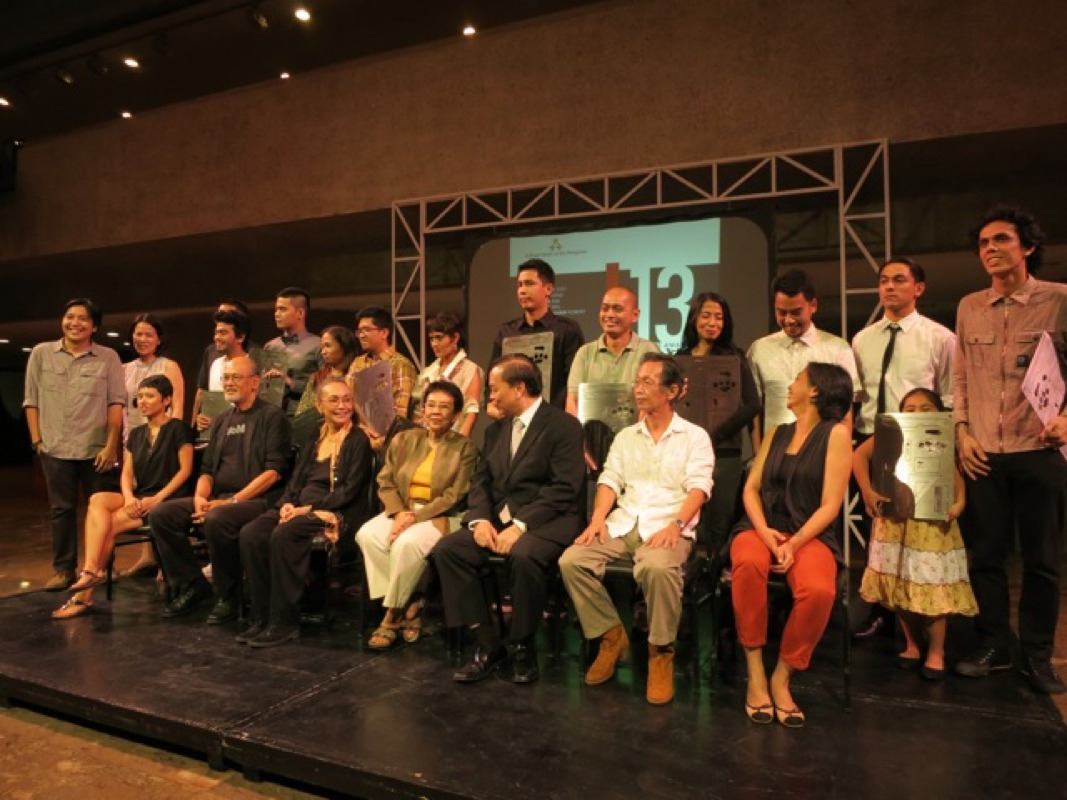
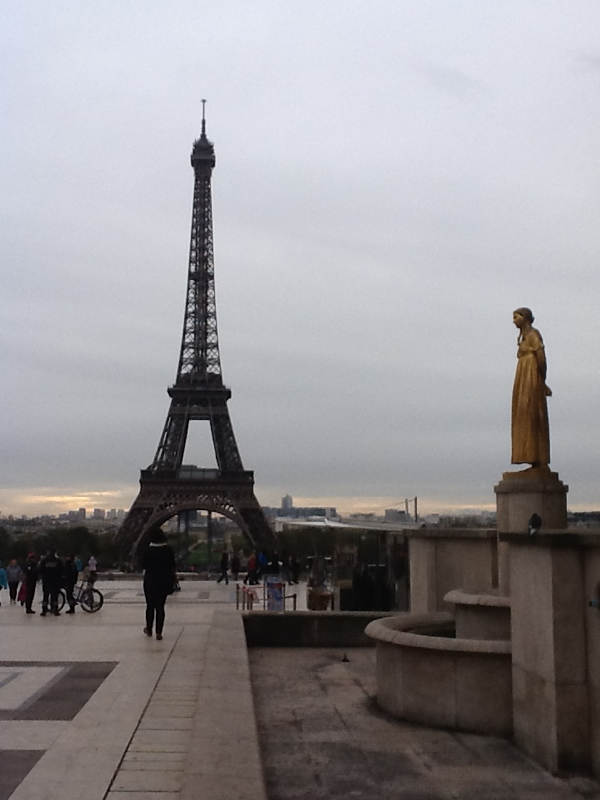
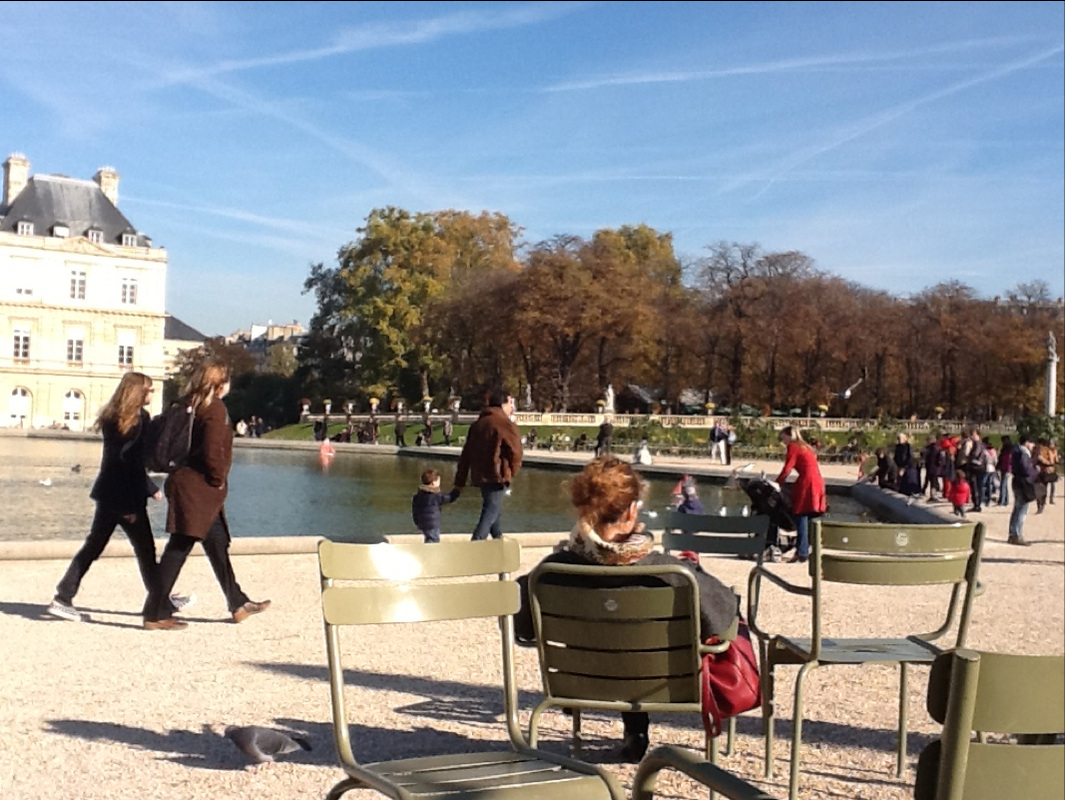
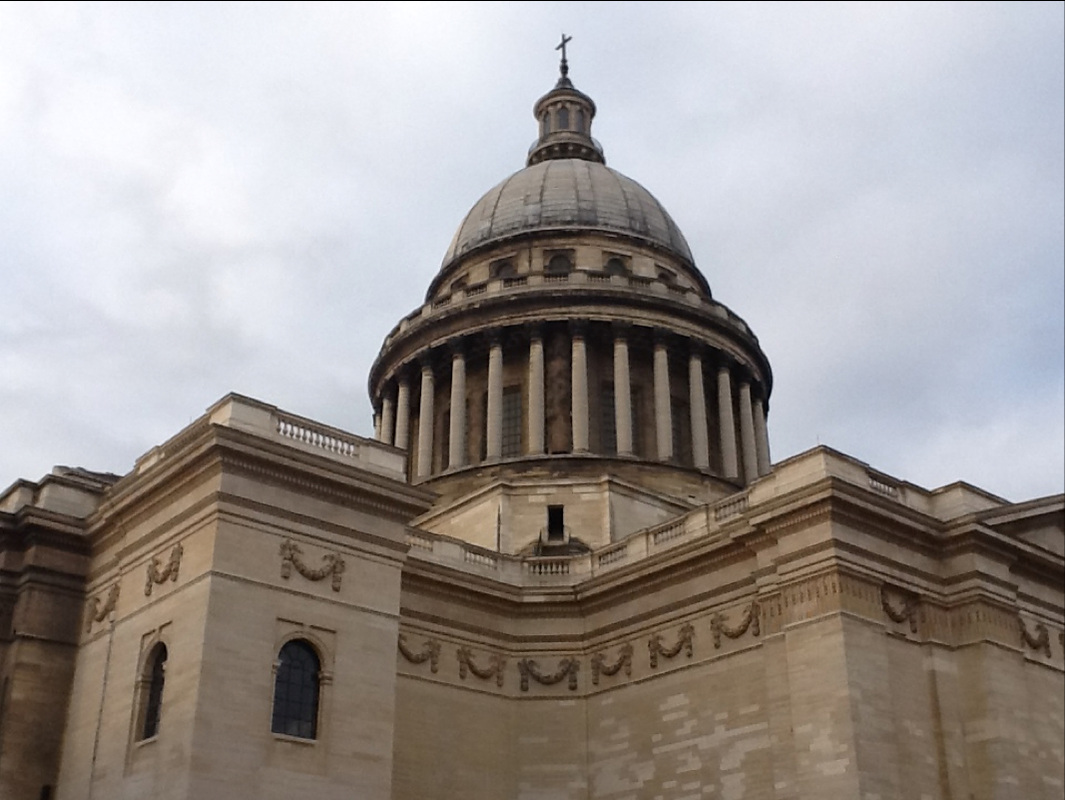
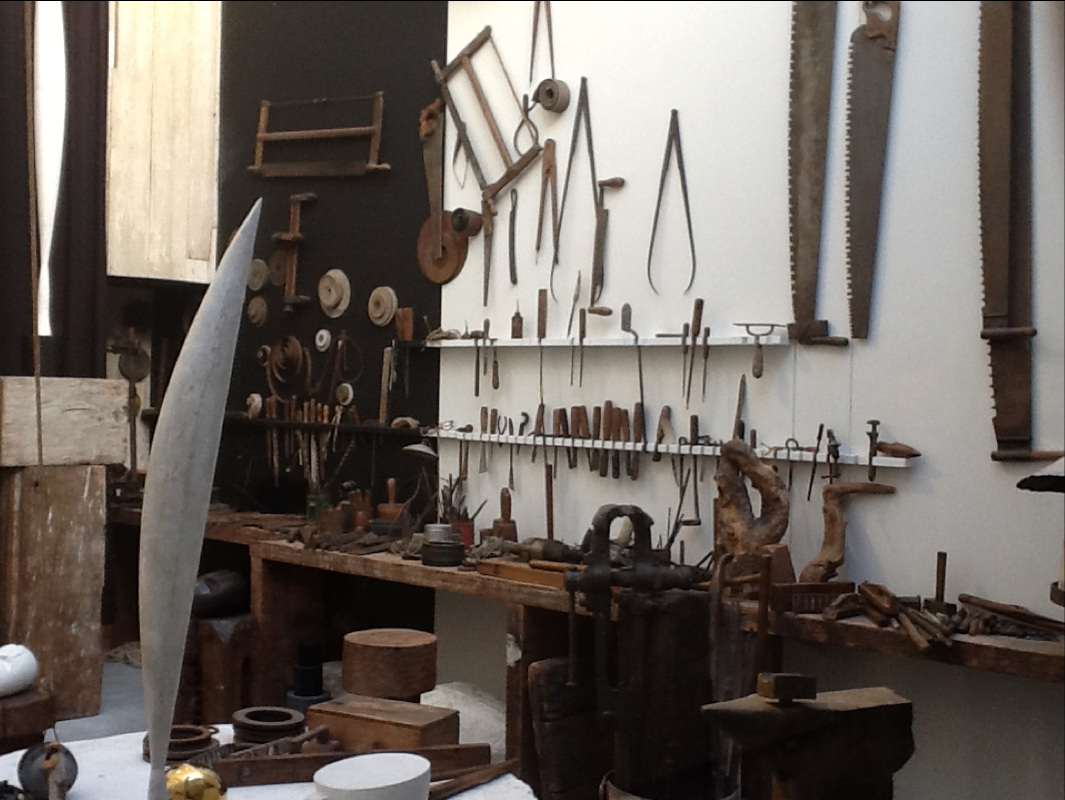
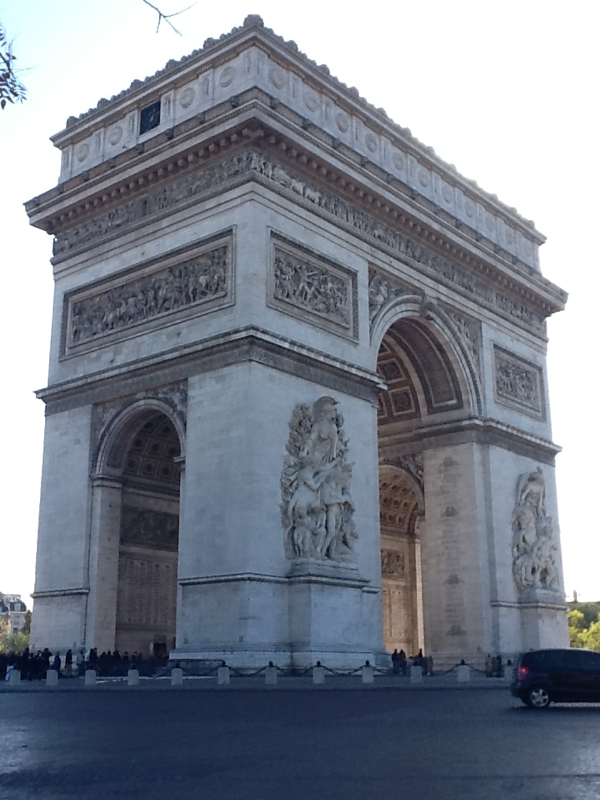
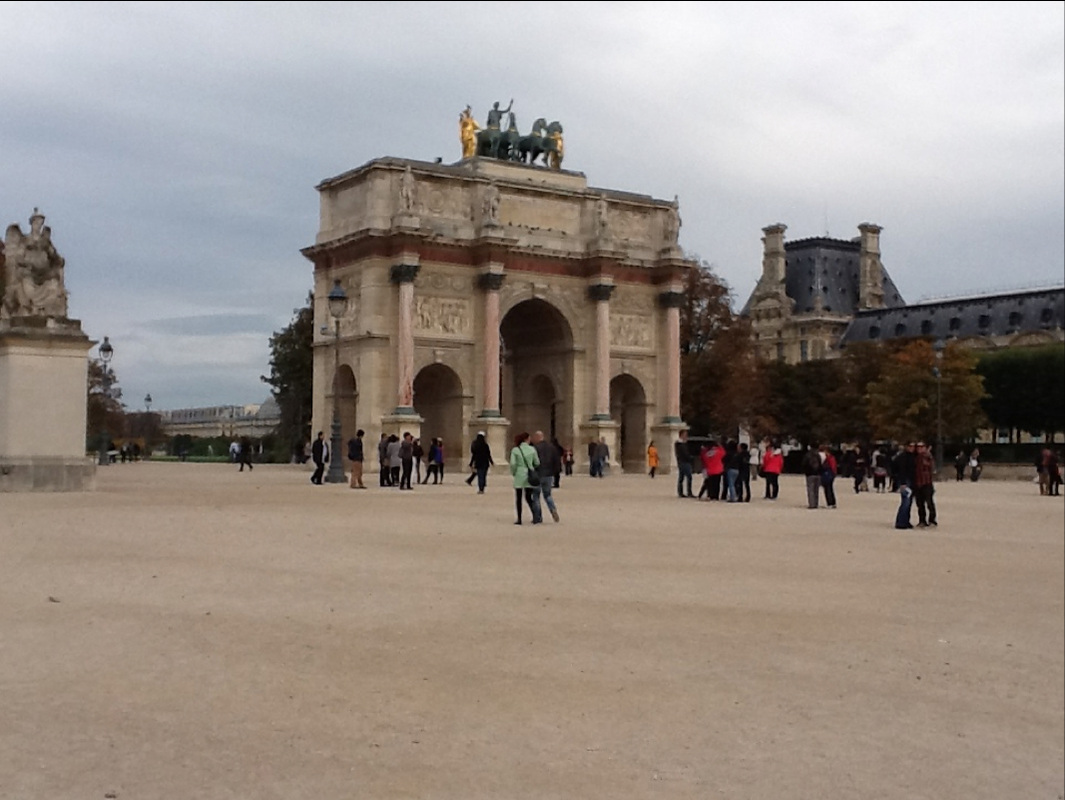
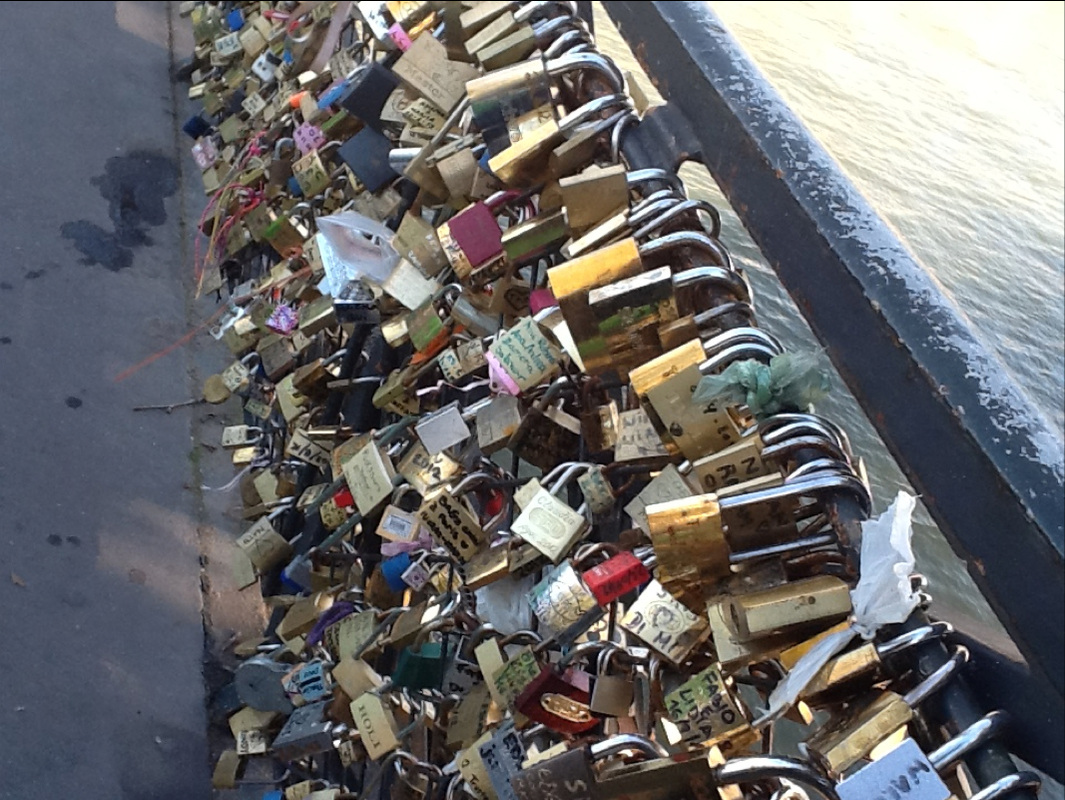
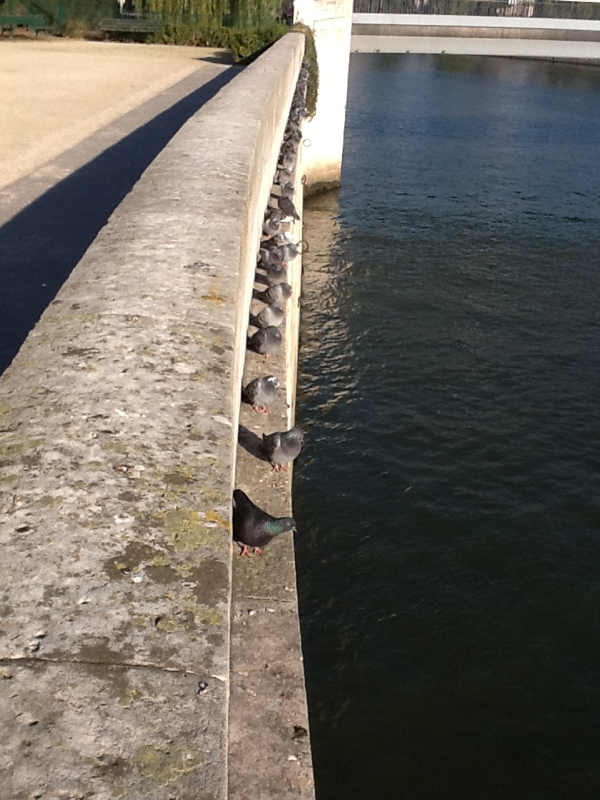
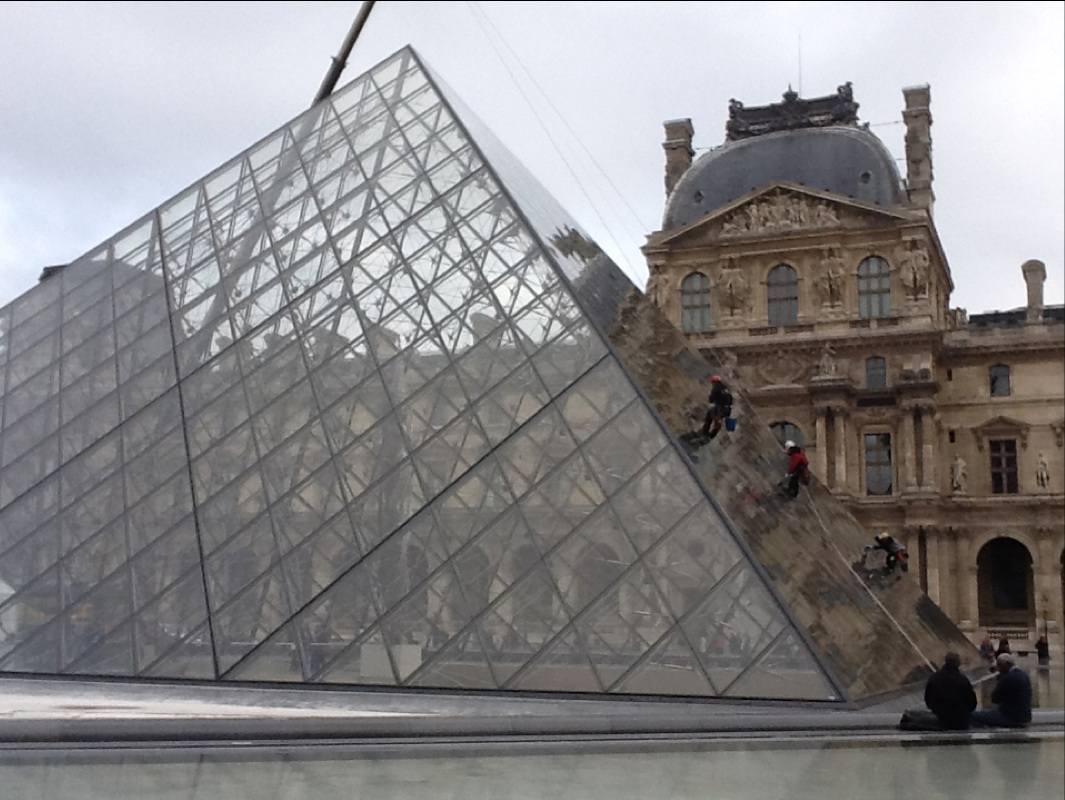

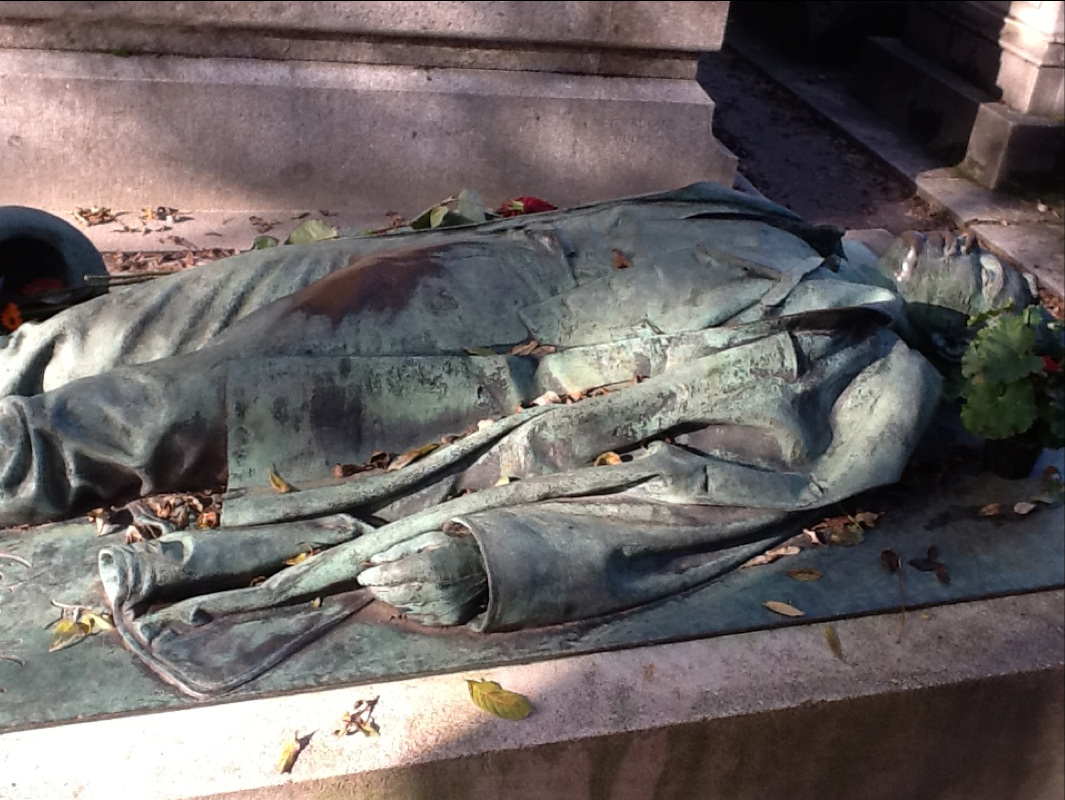
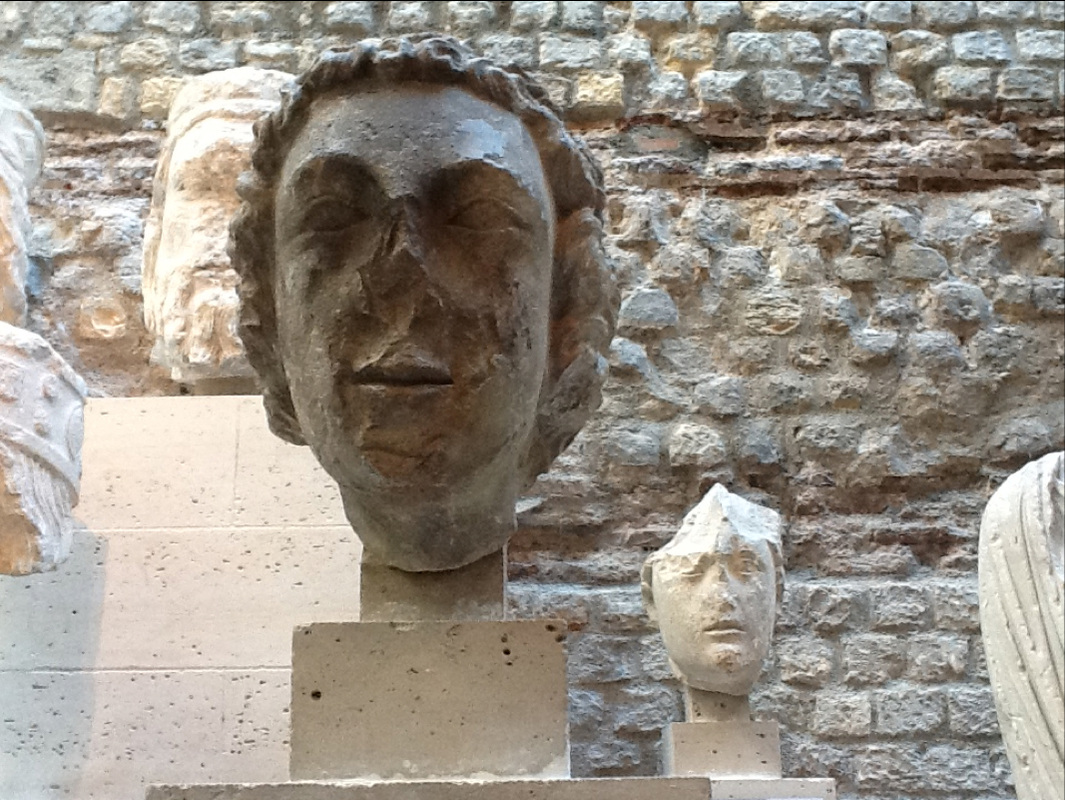
 RSS Feed
RSS Feed